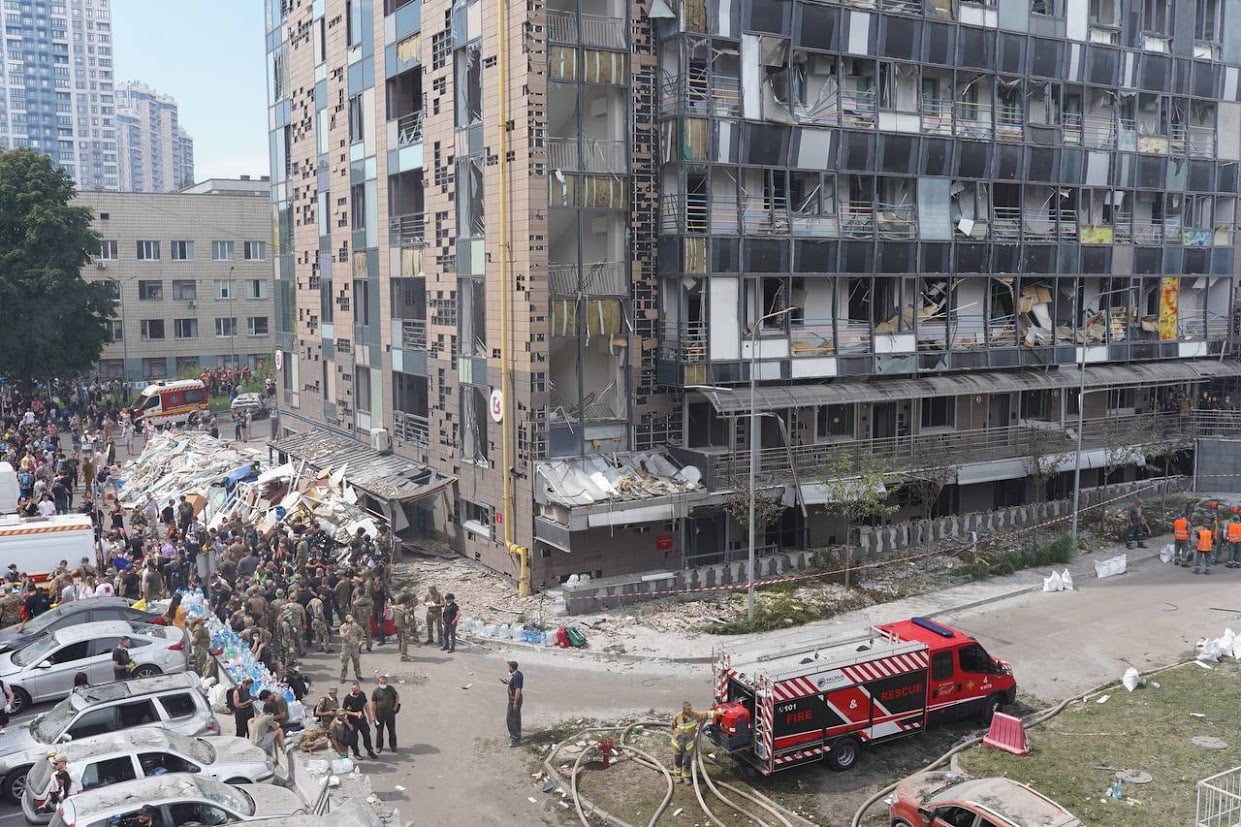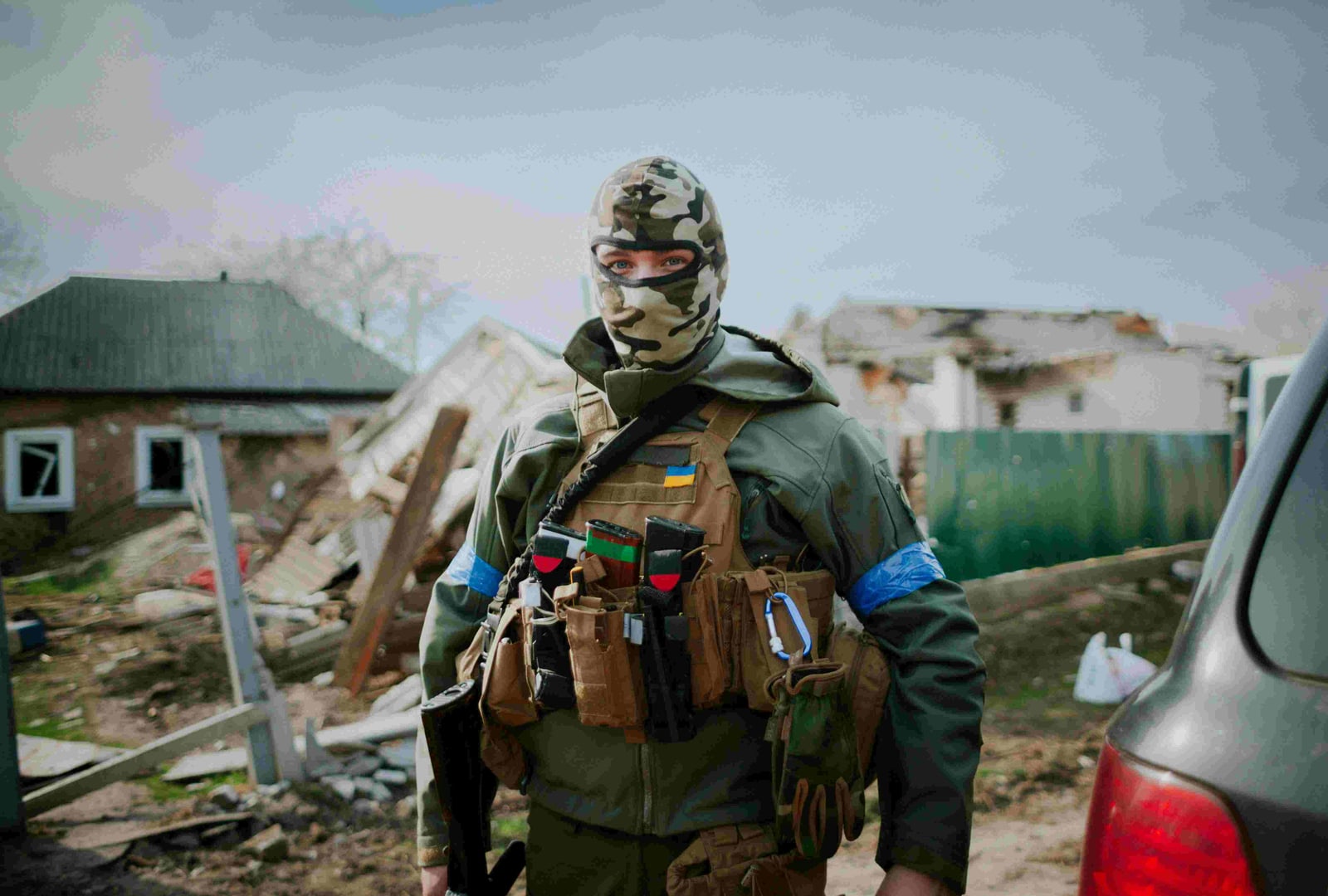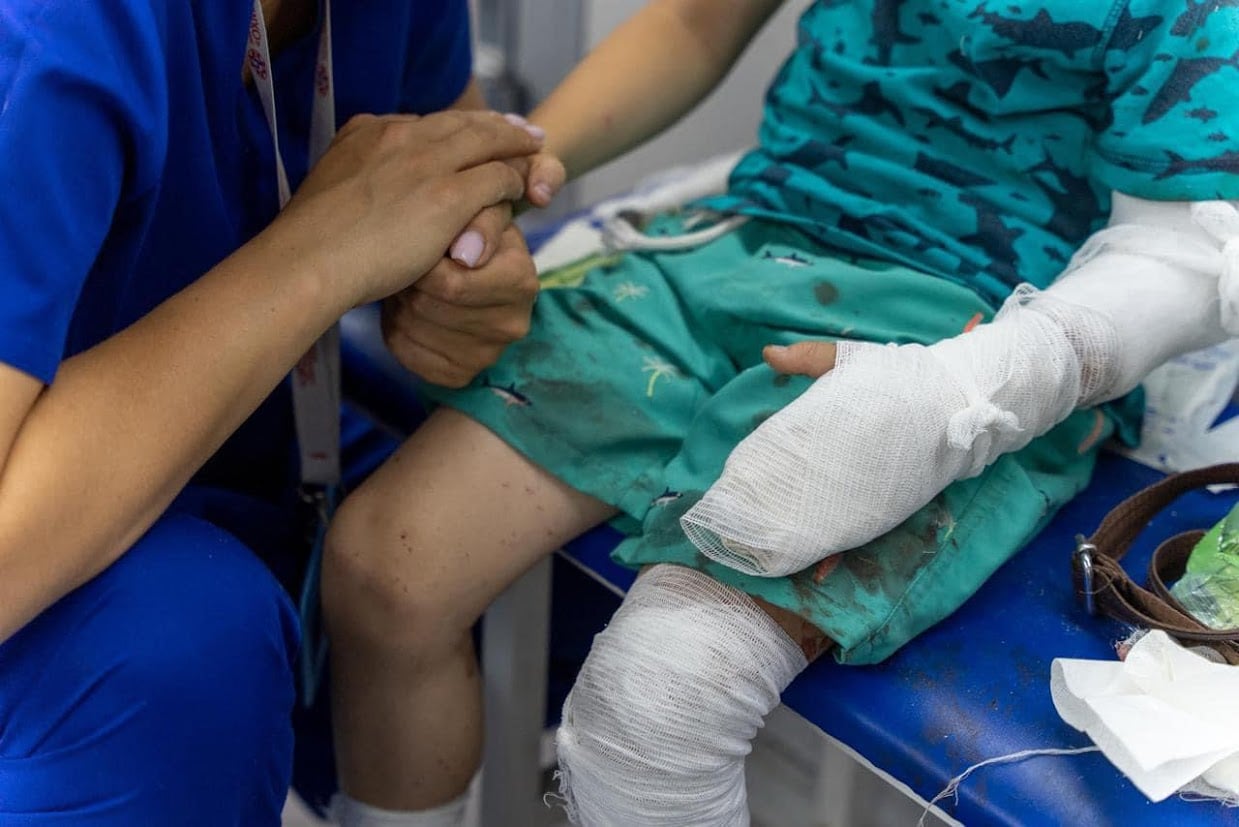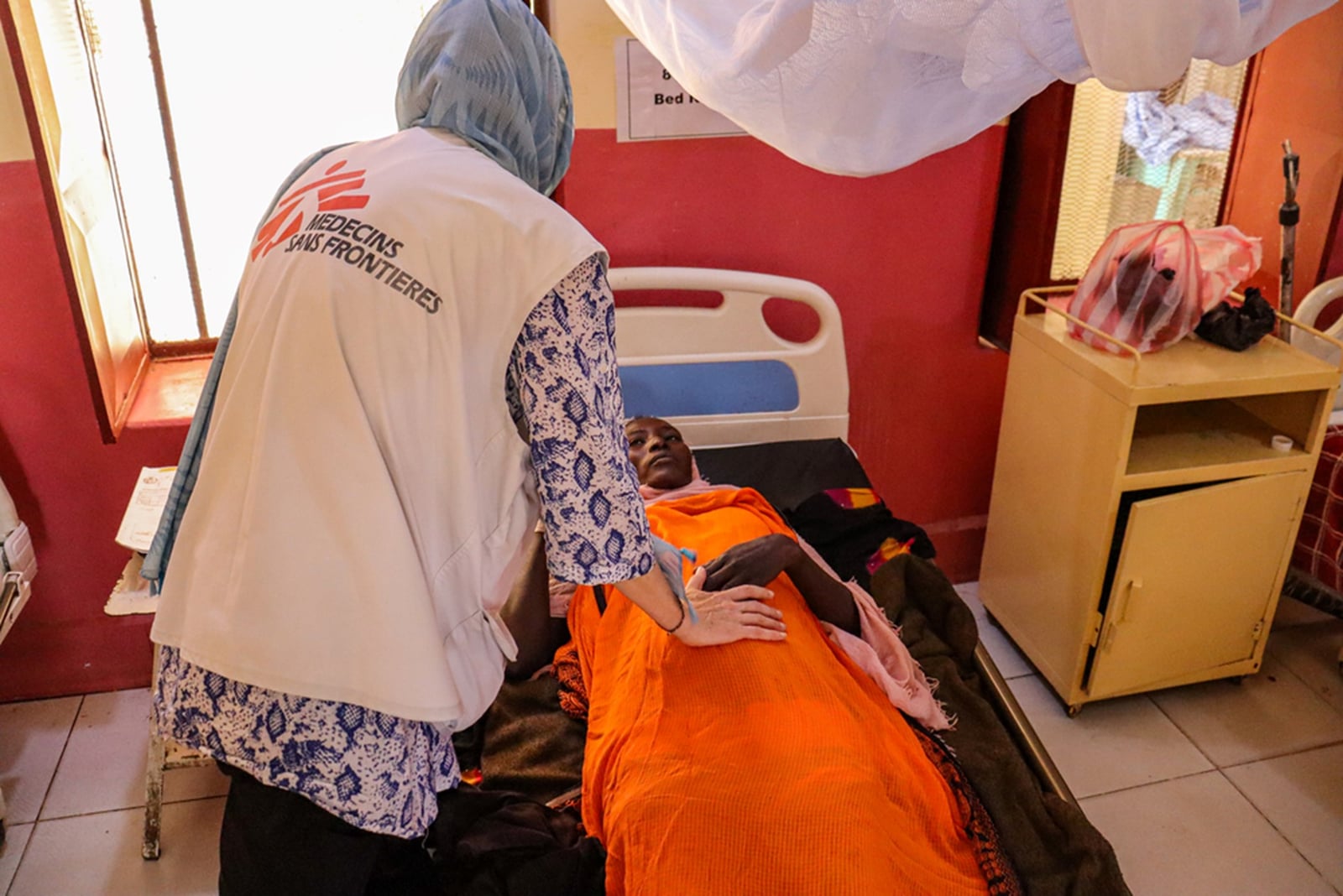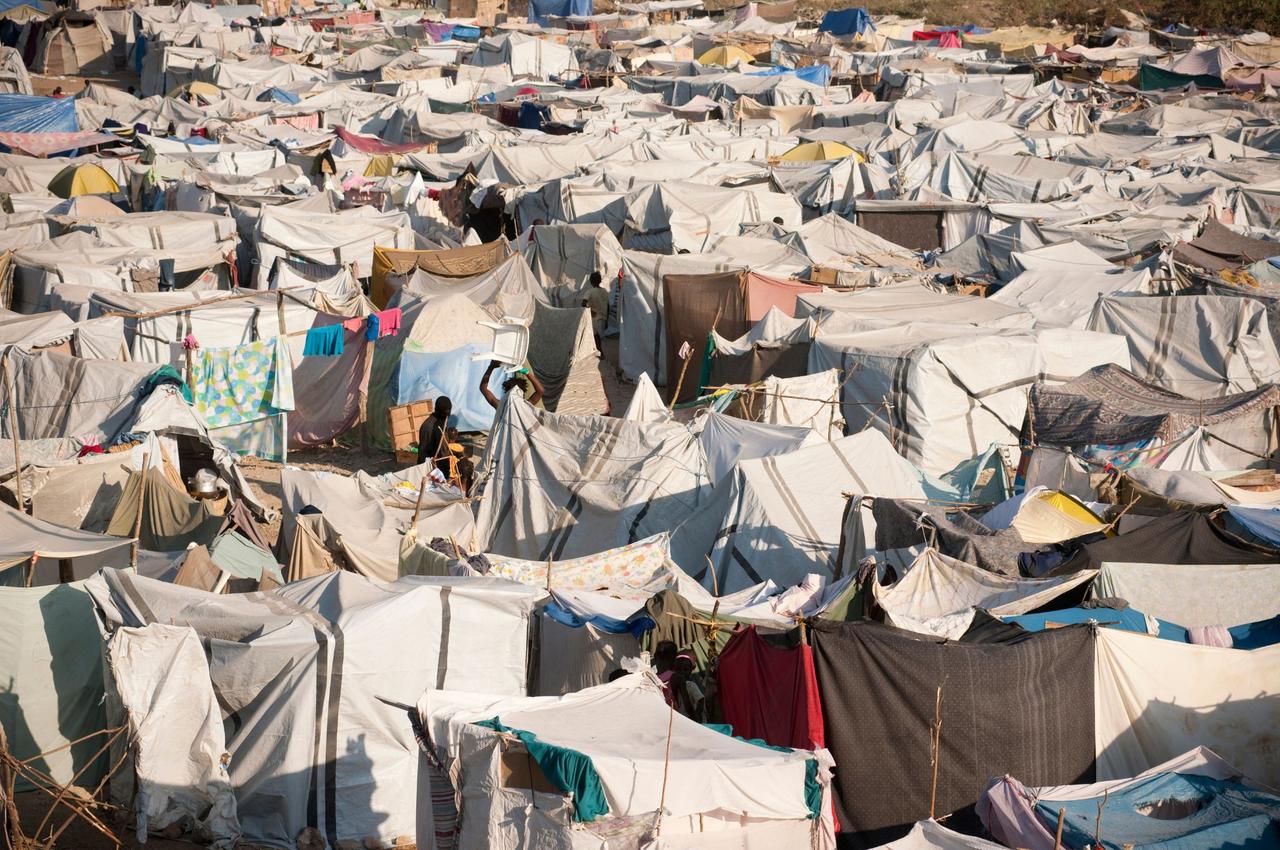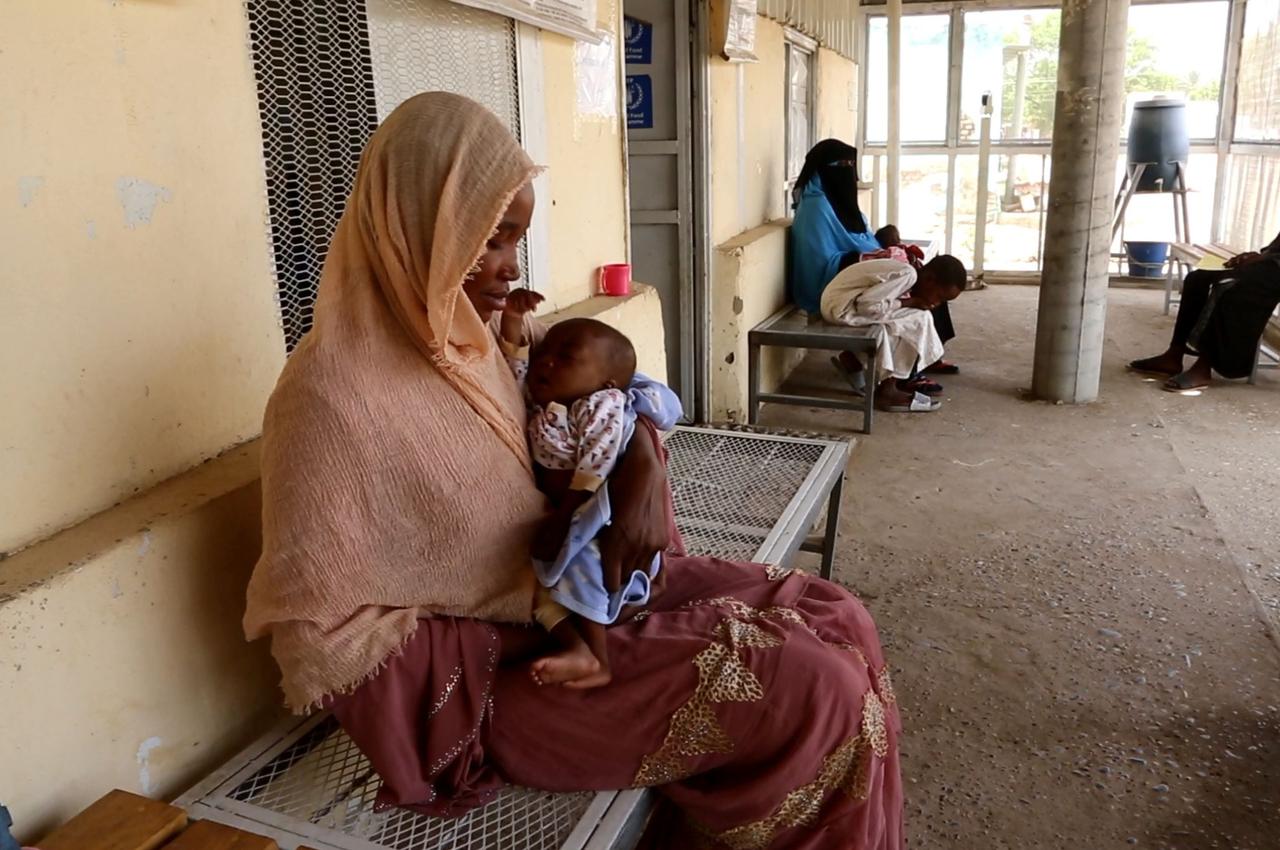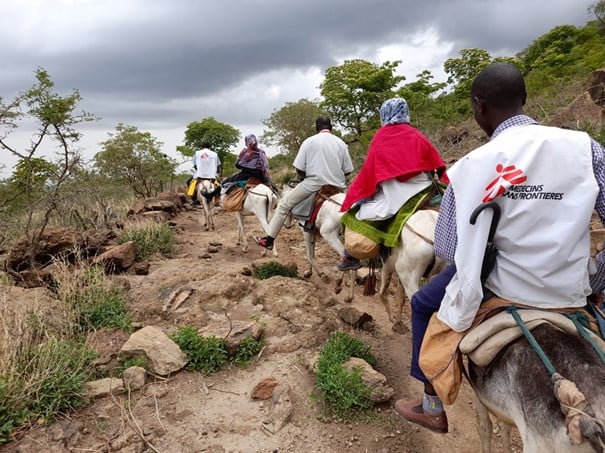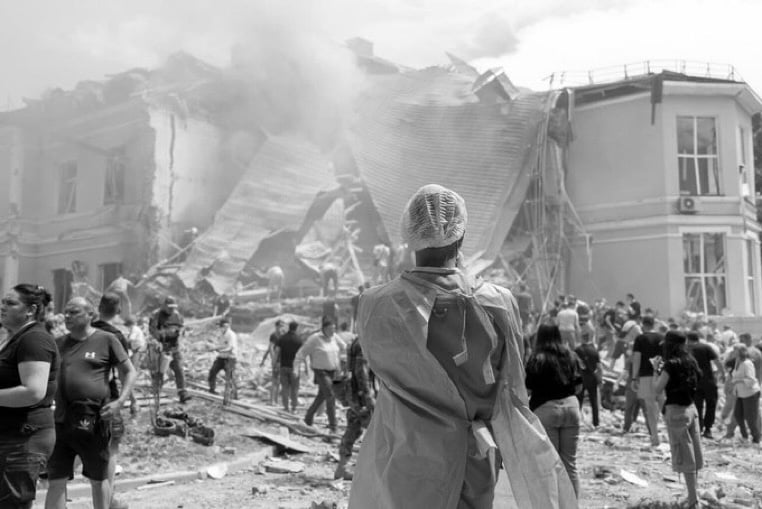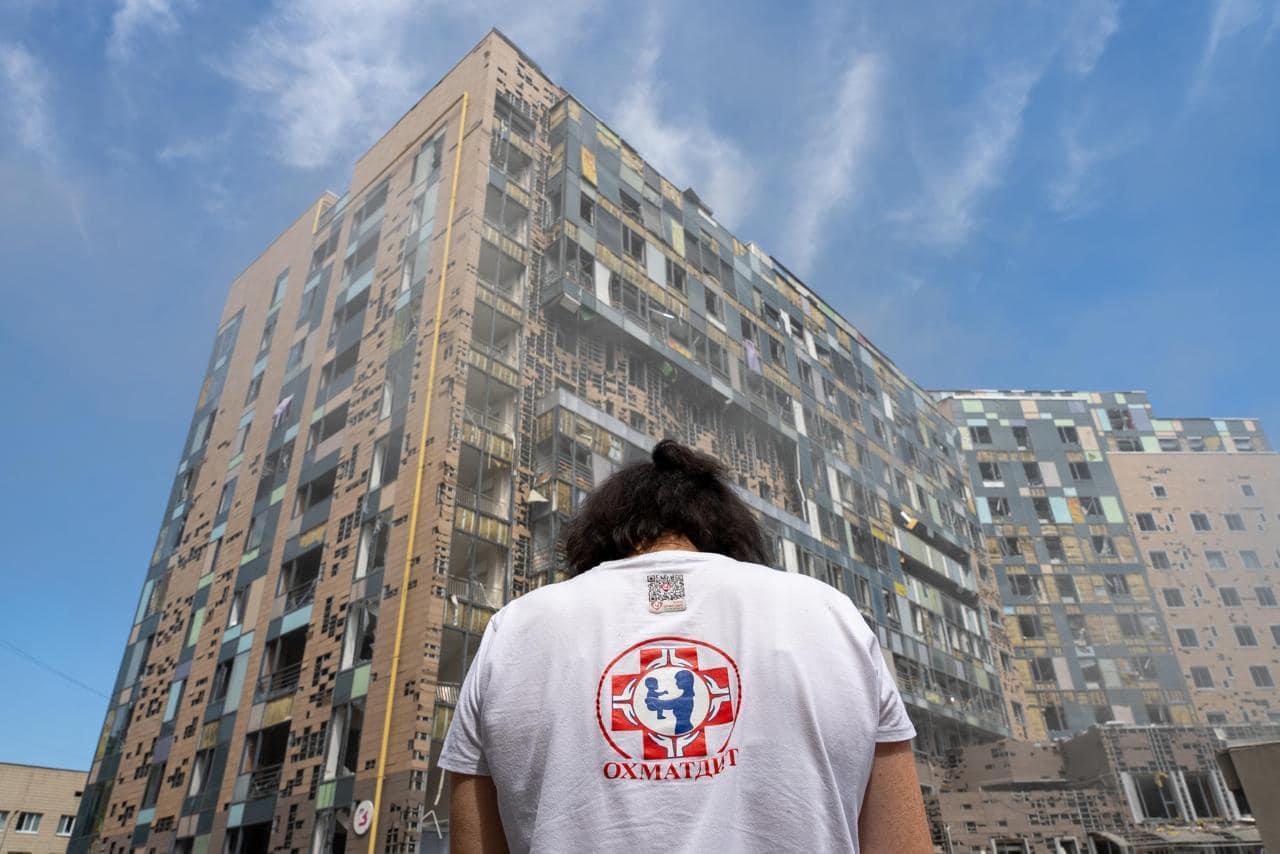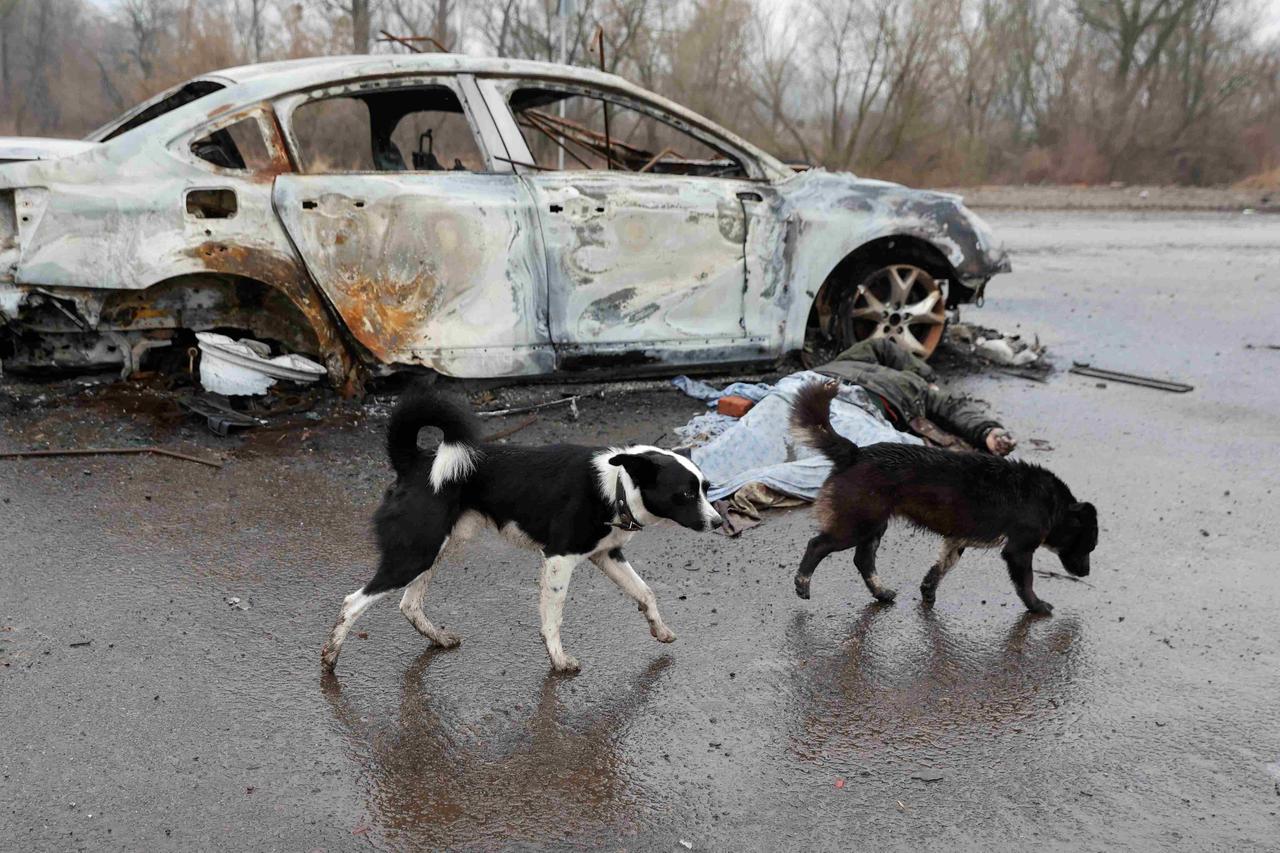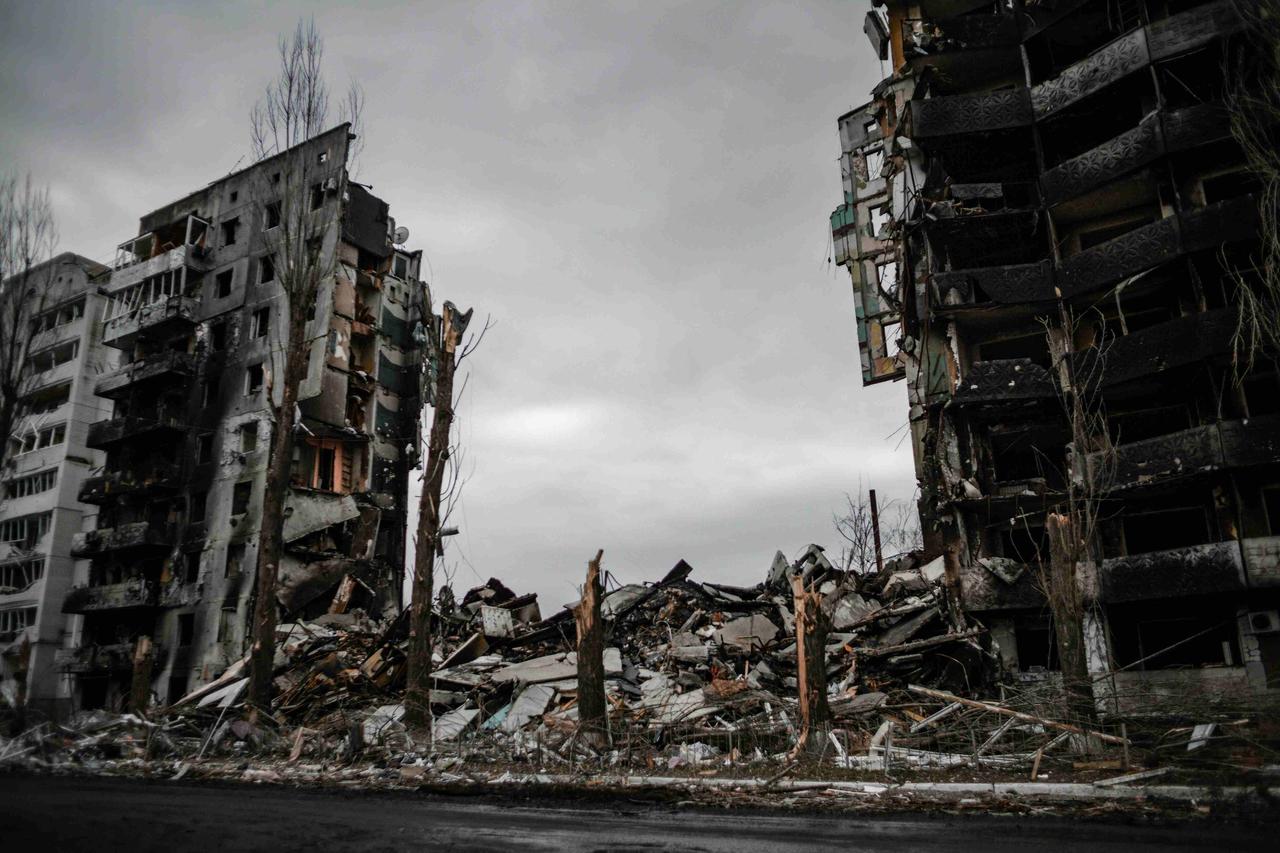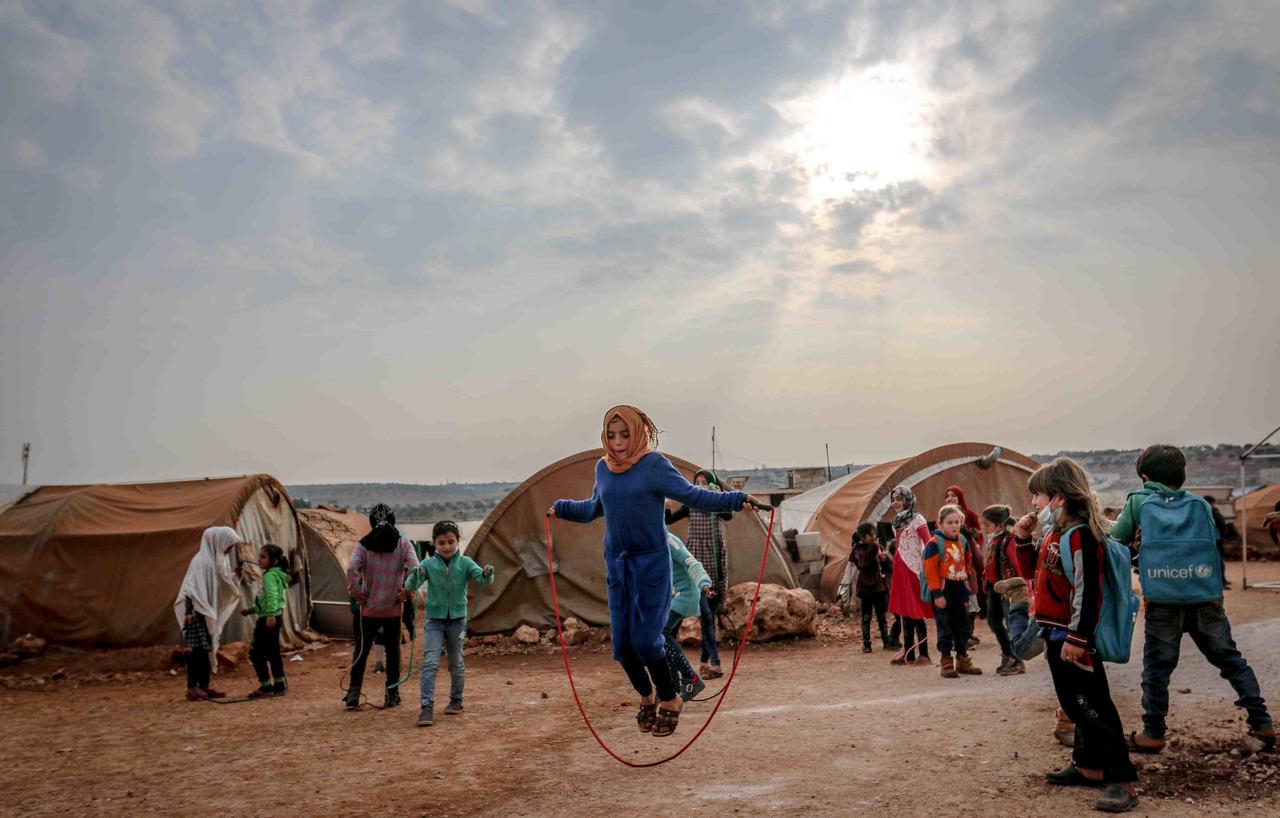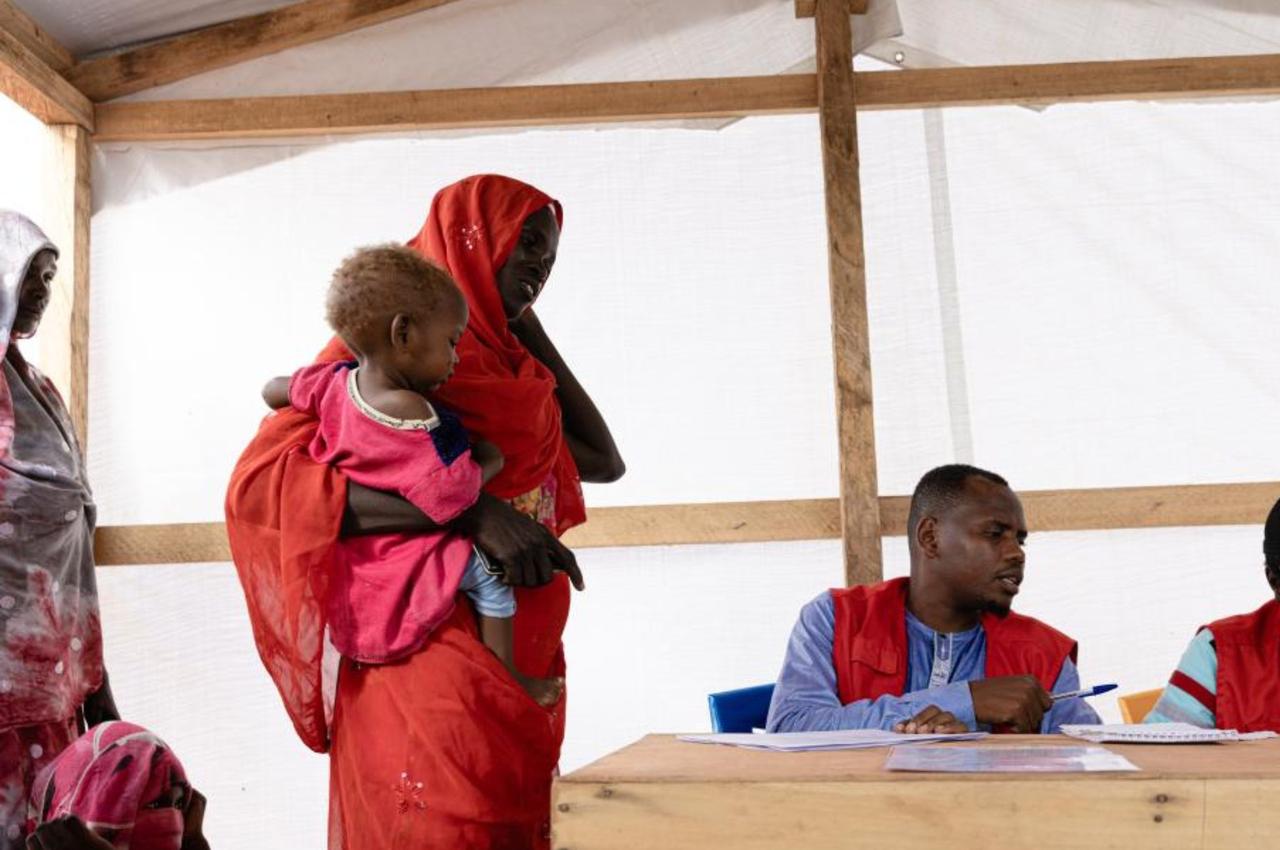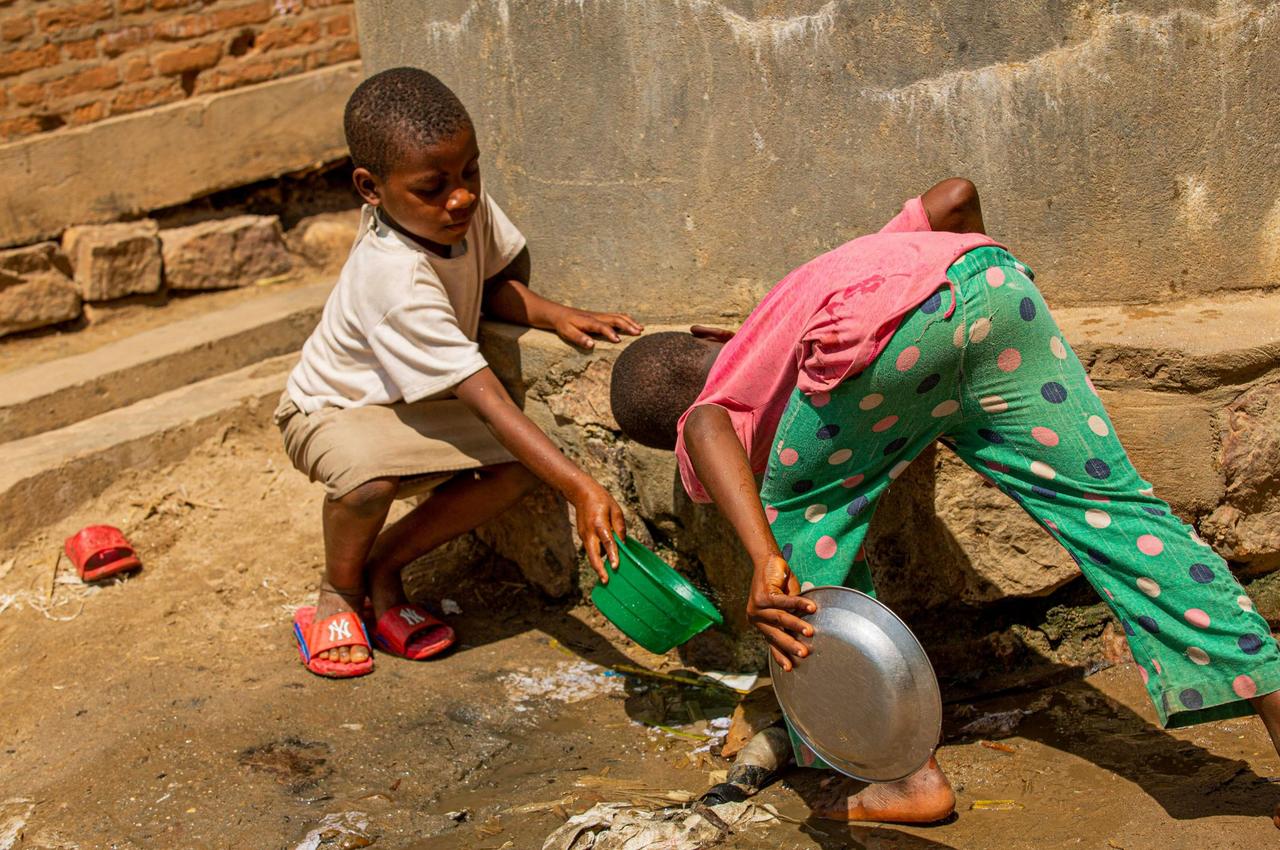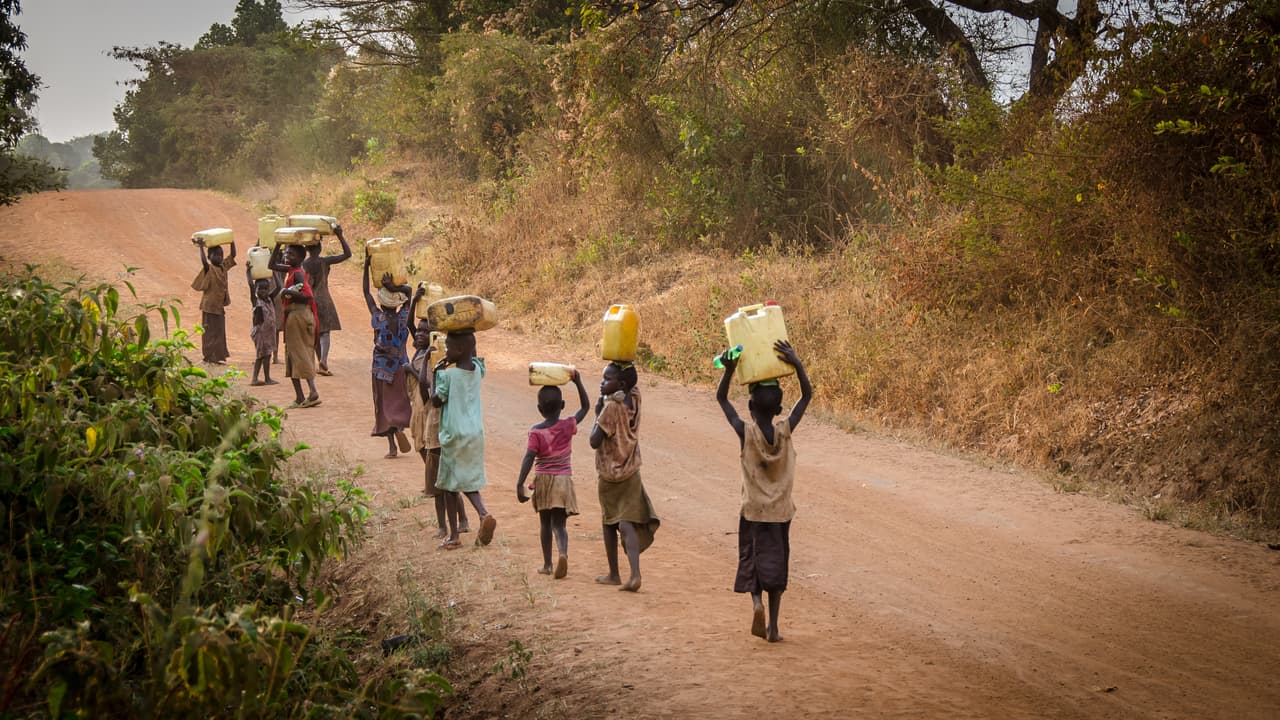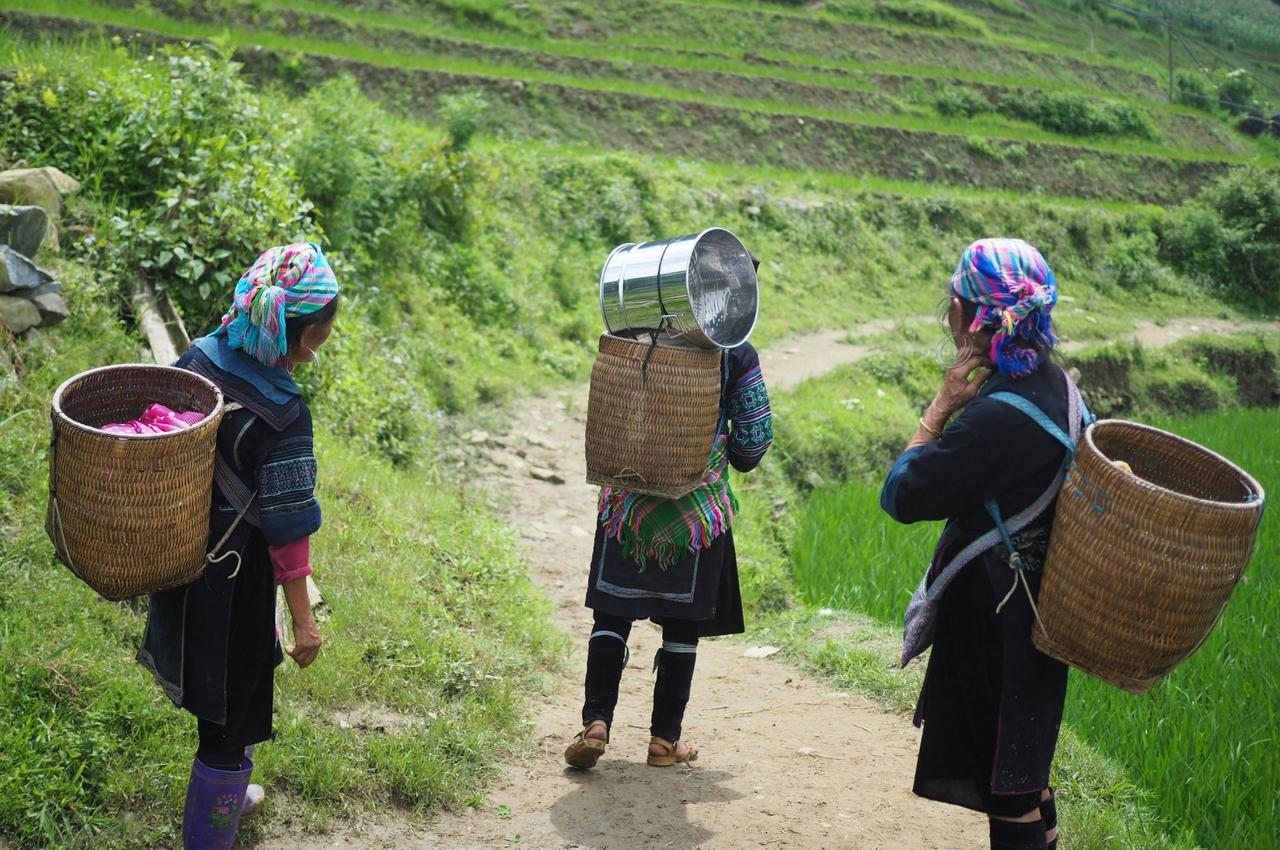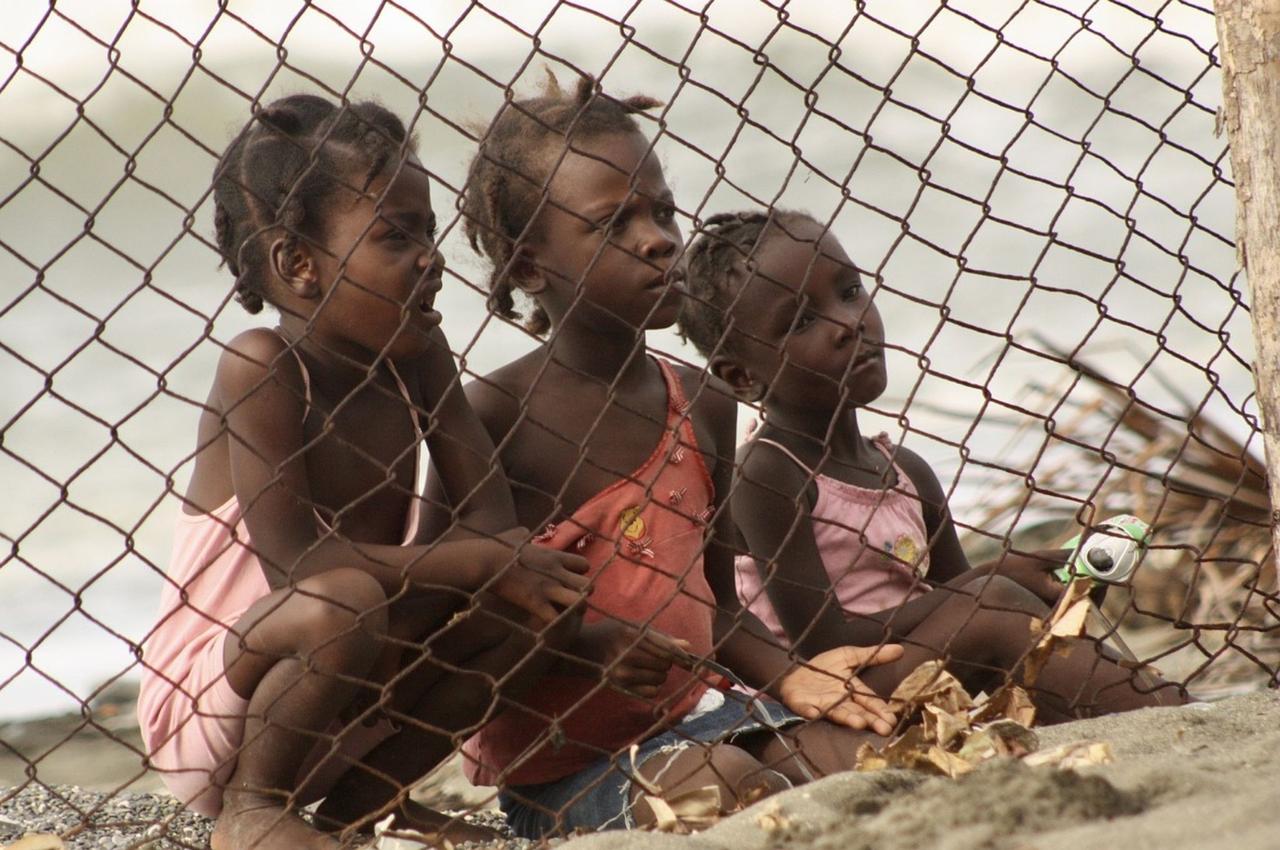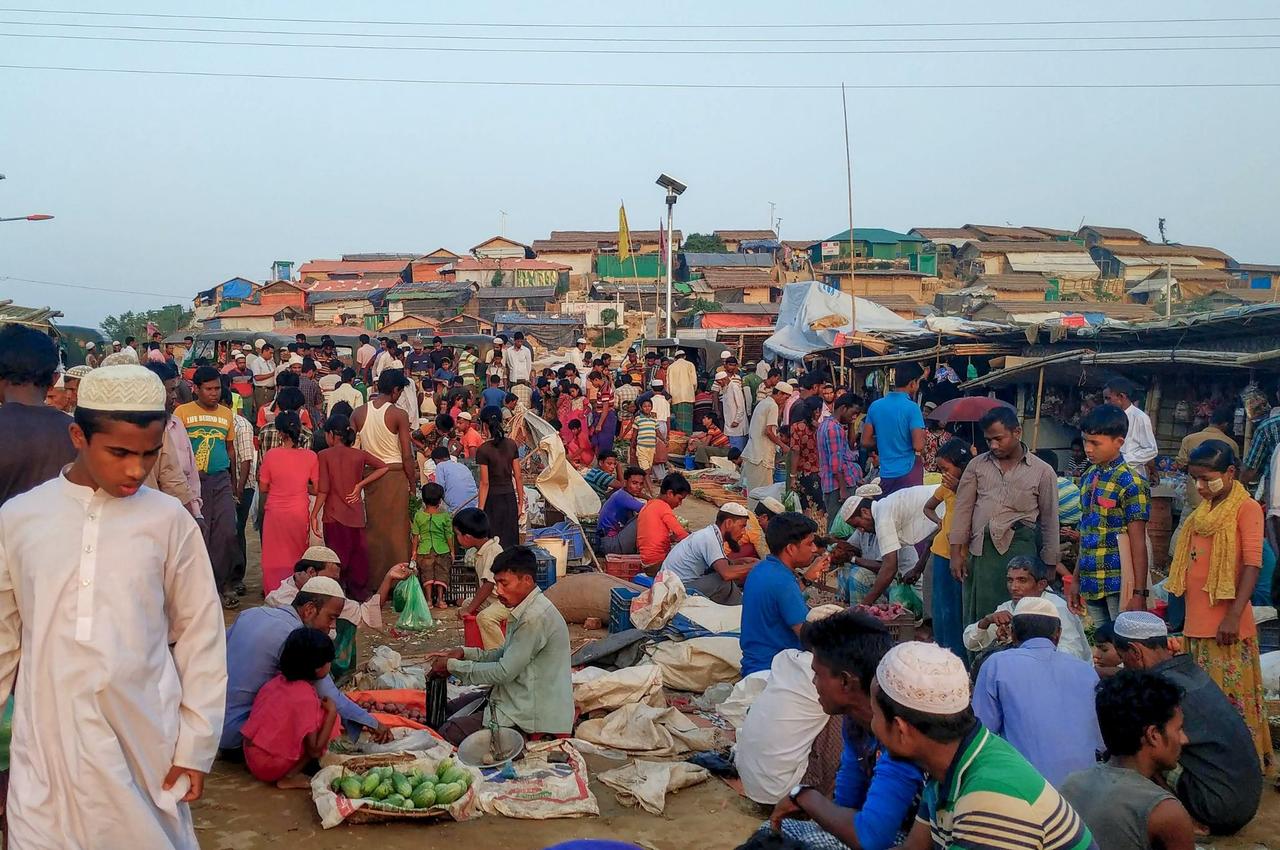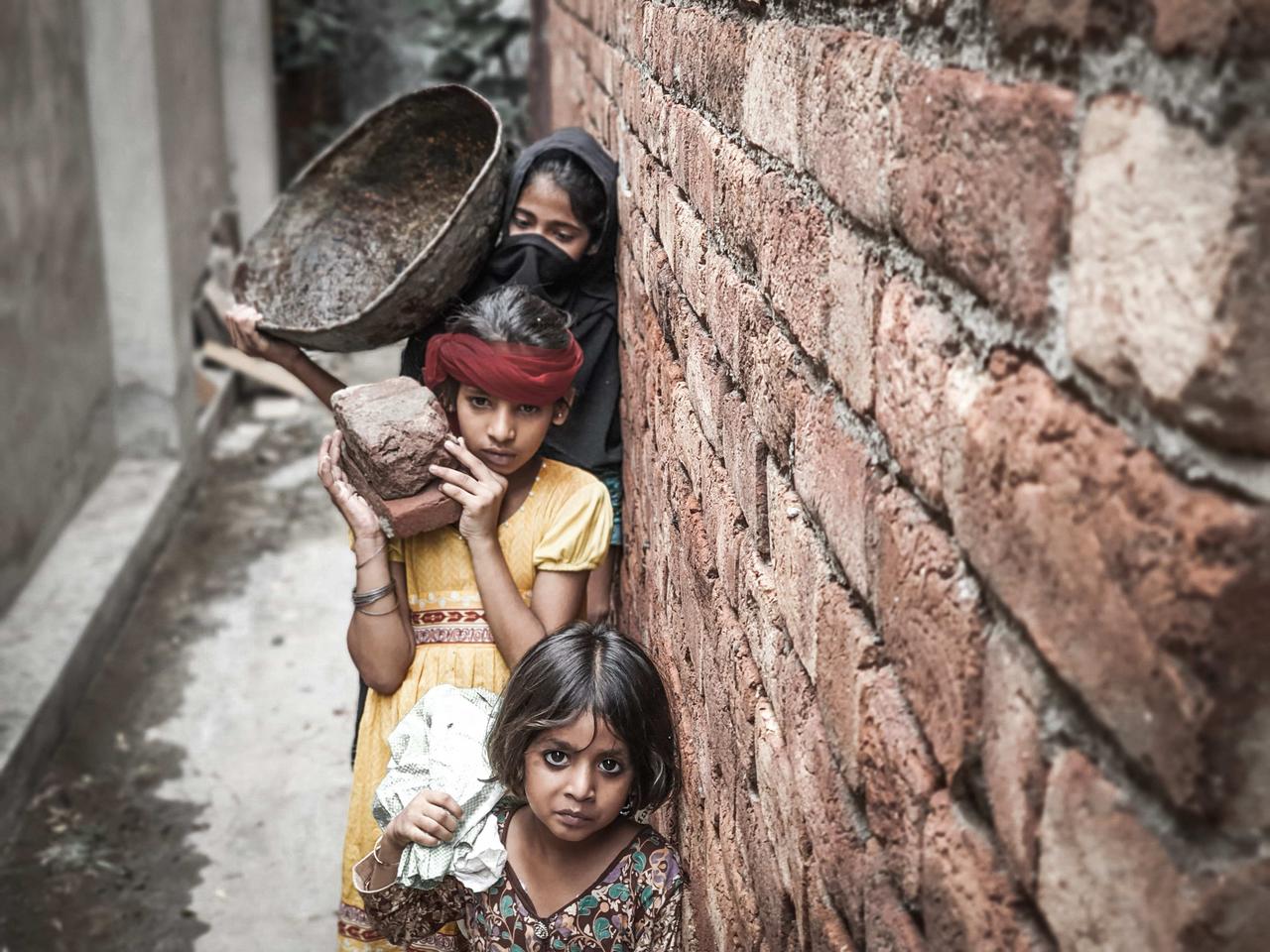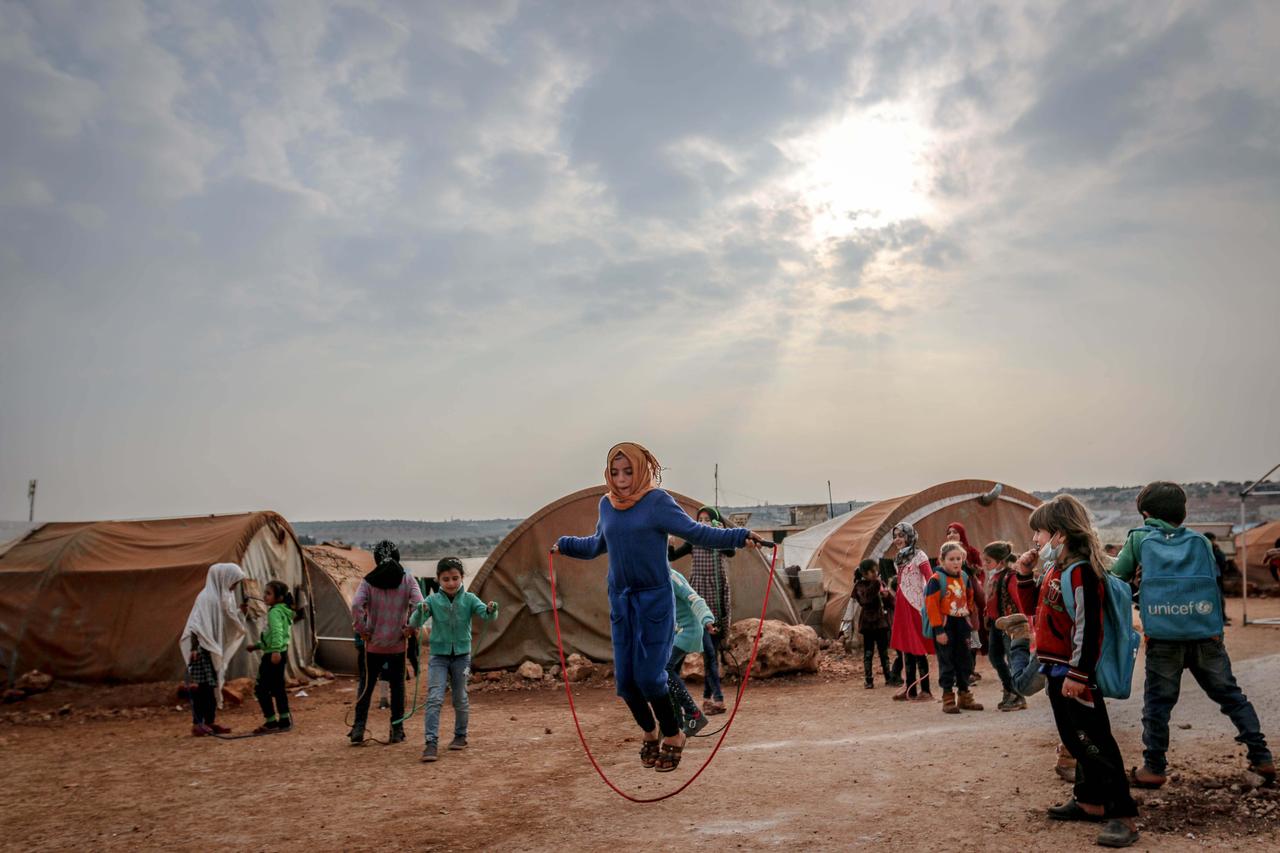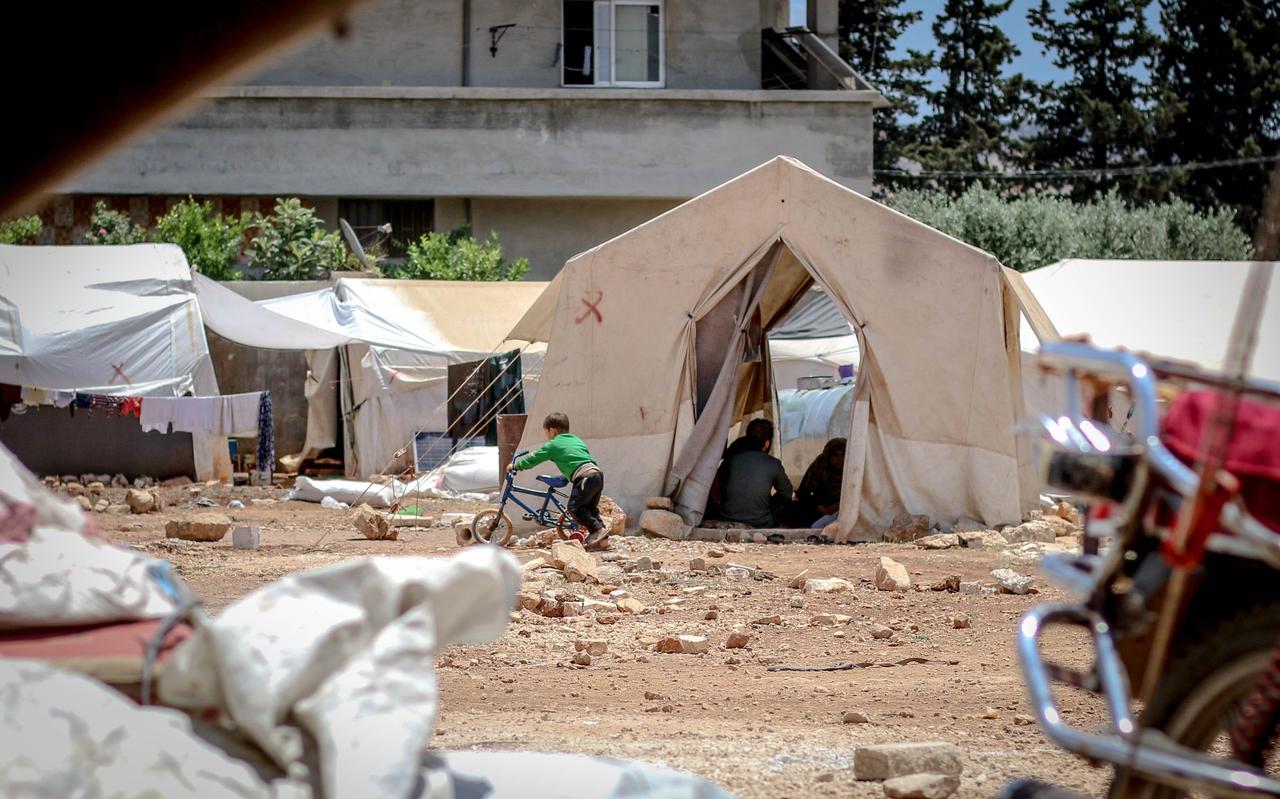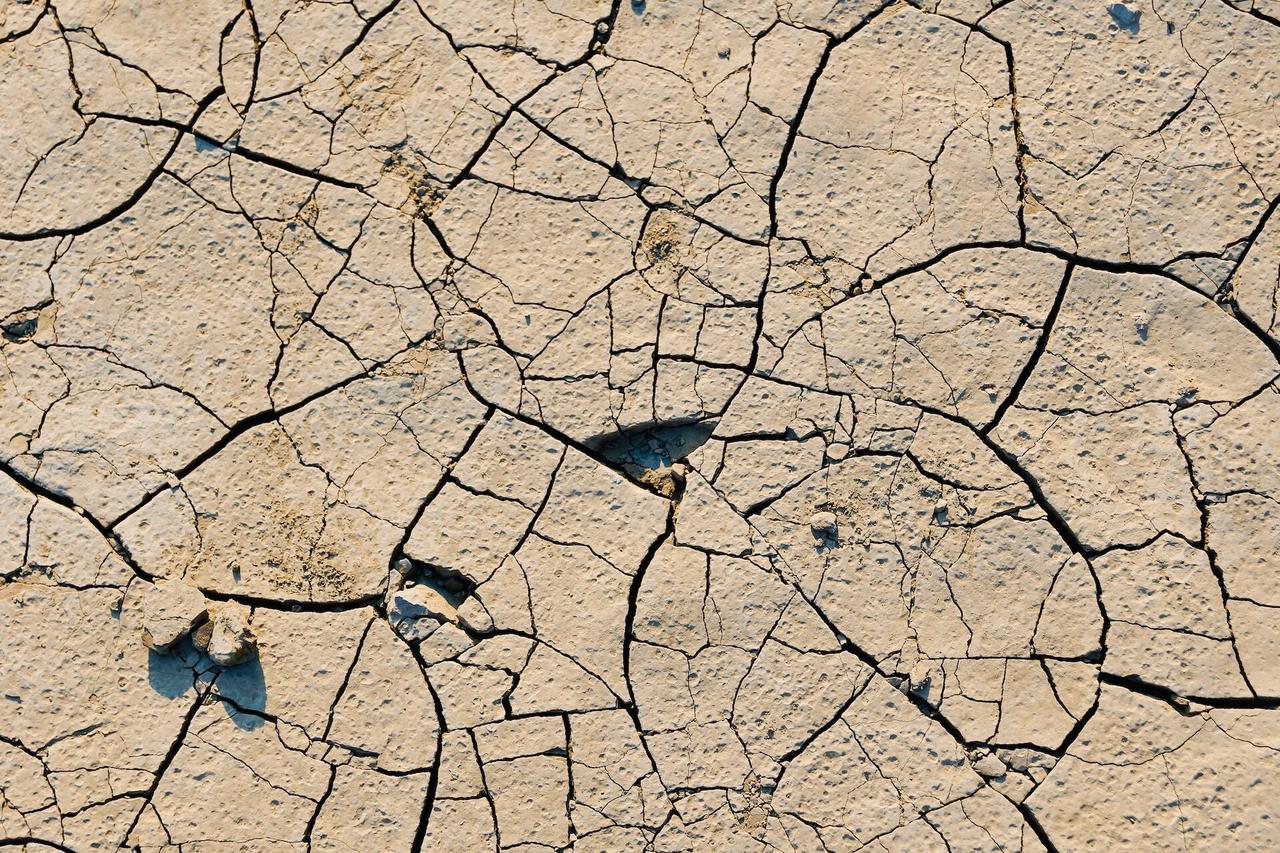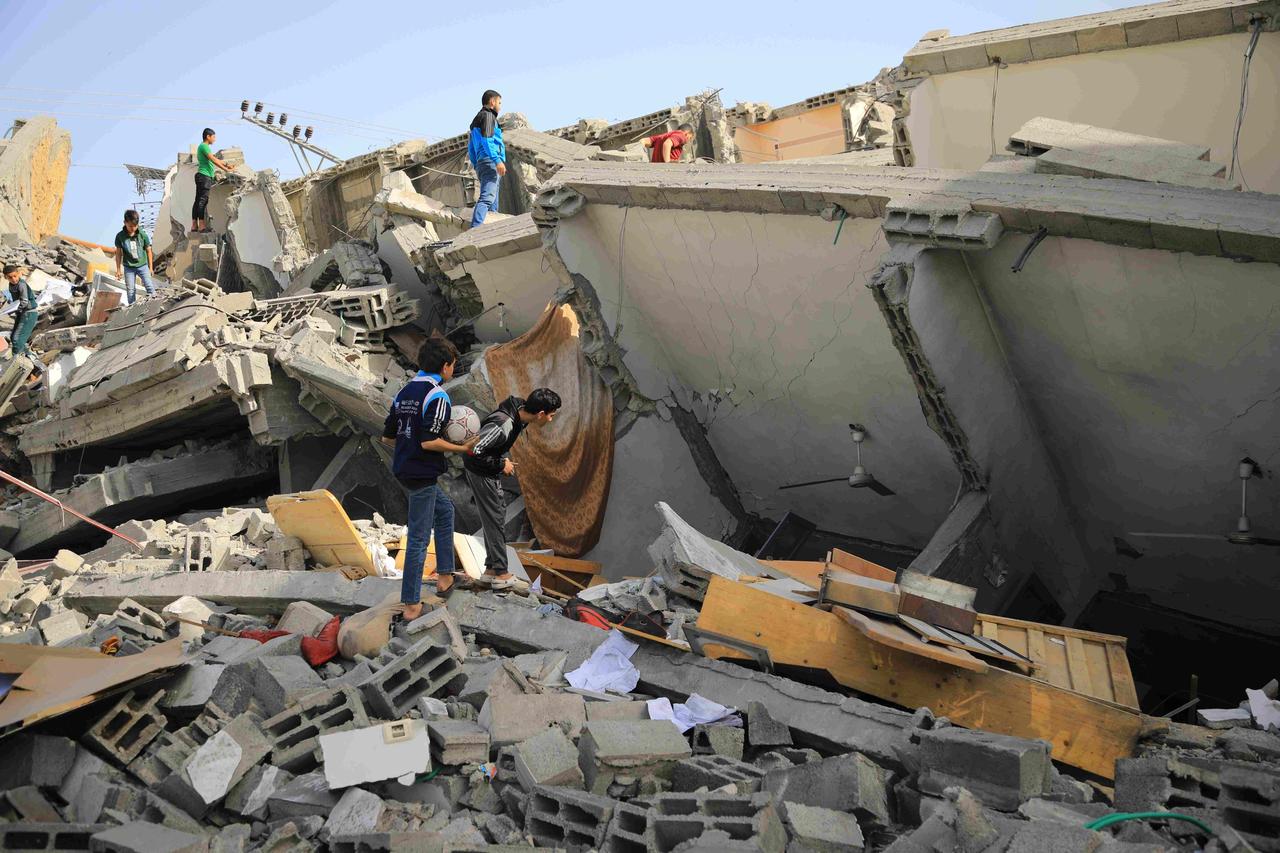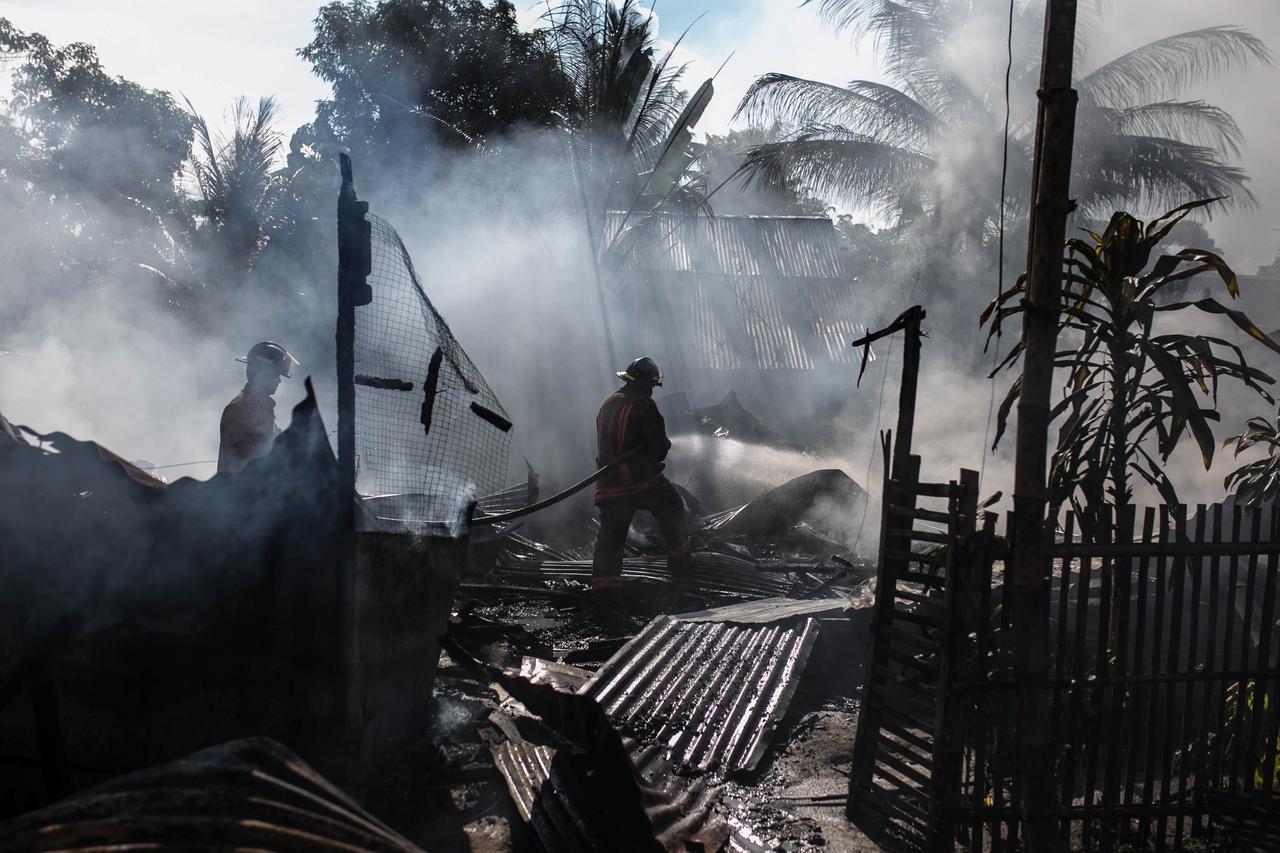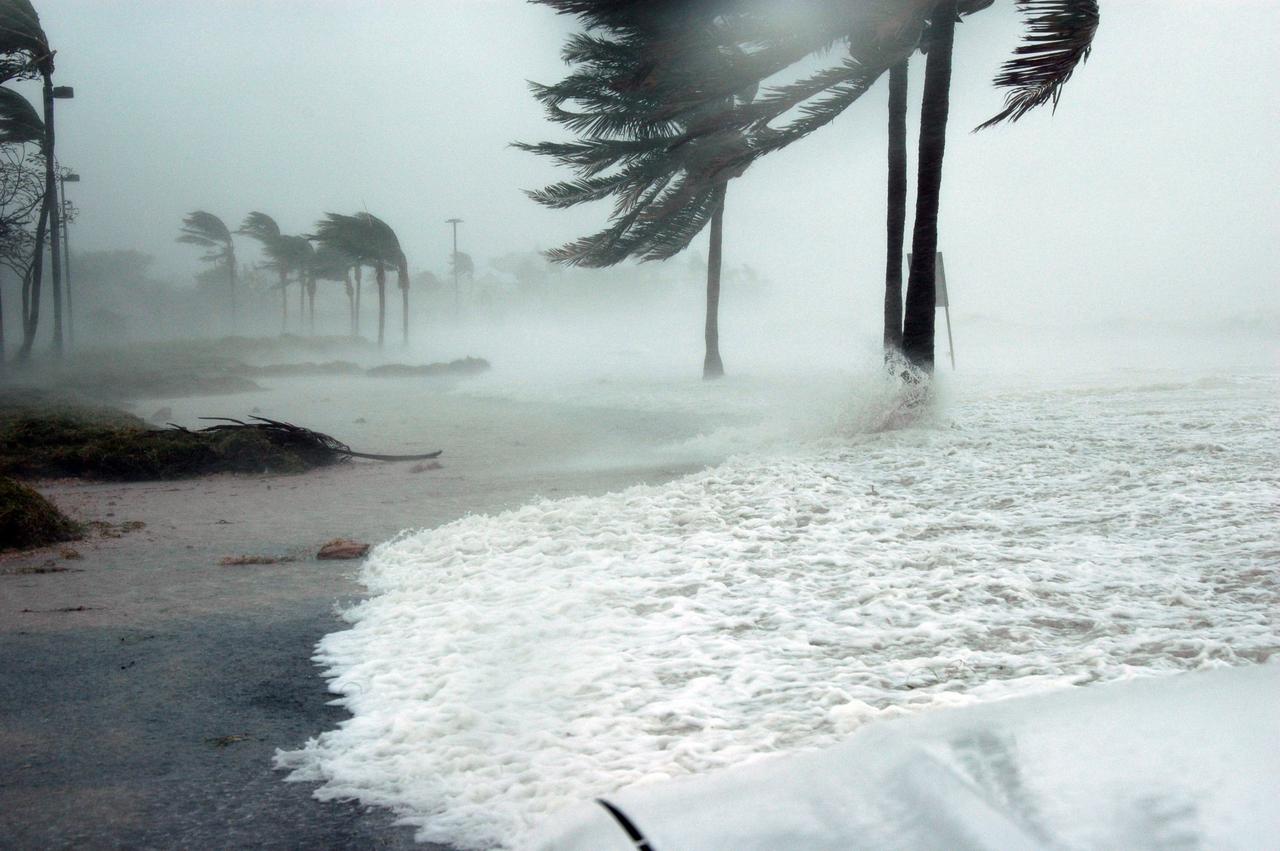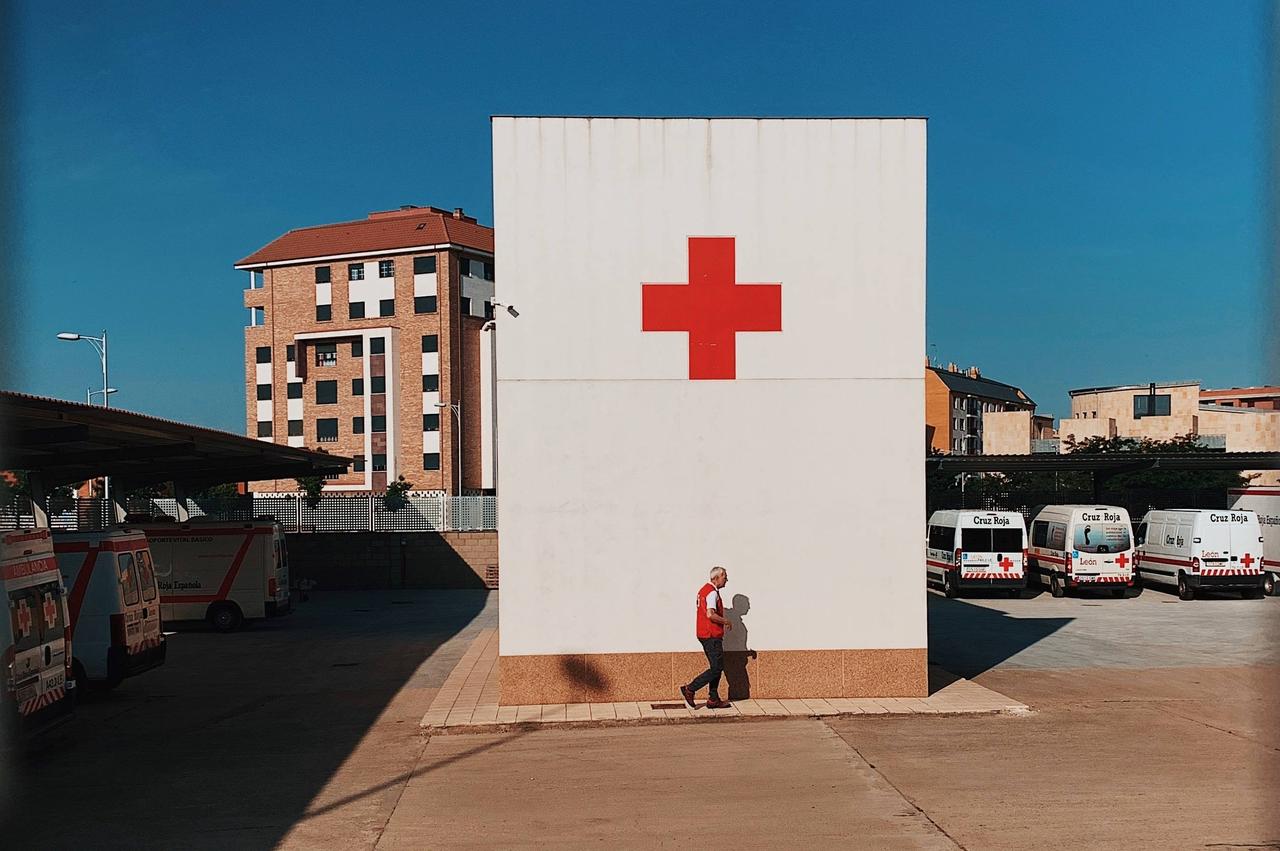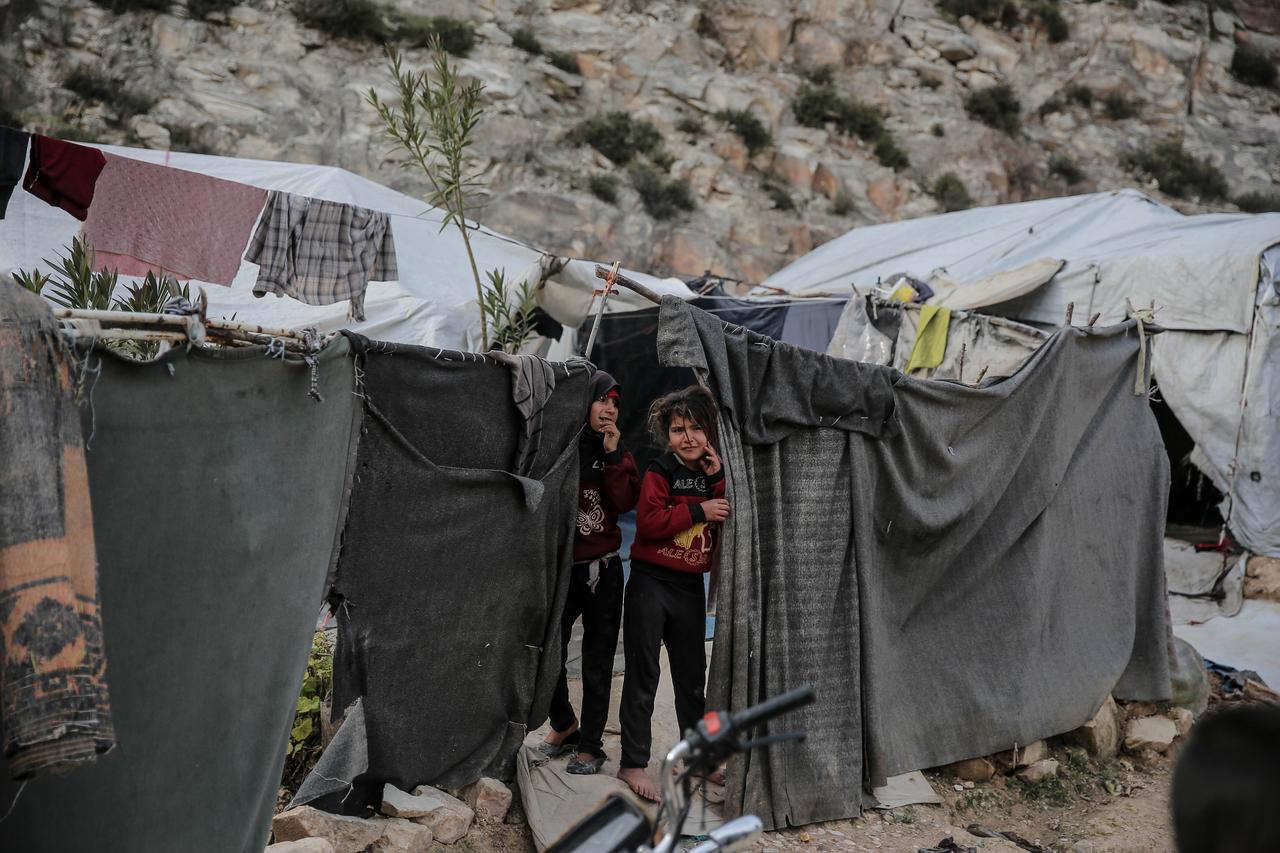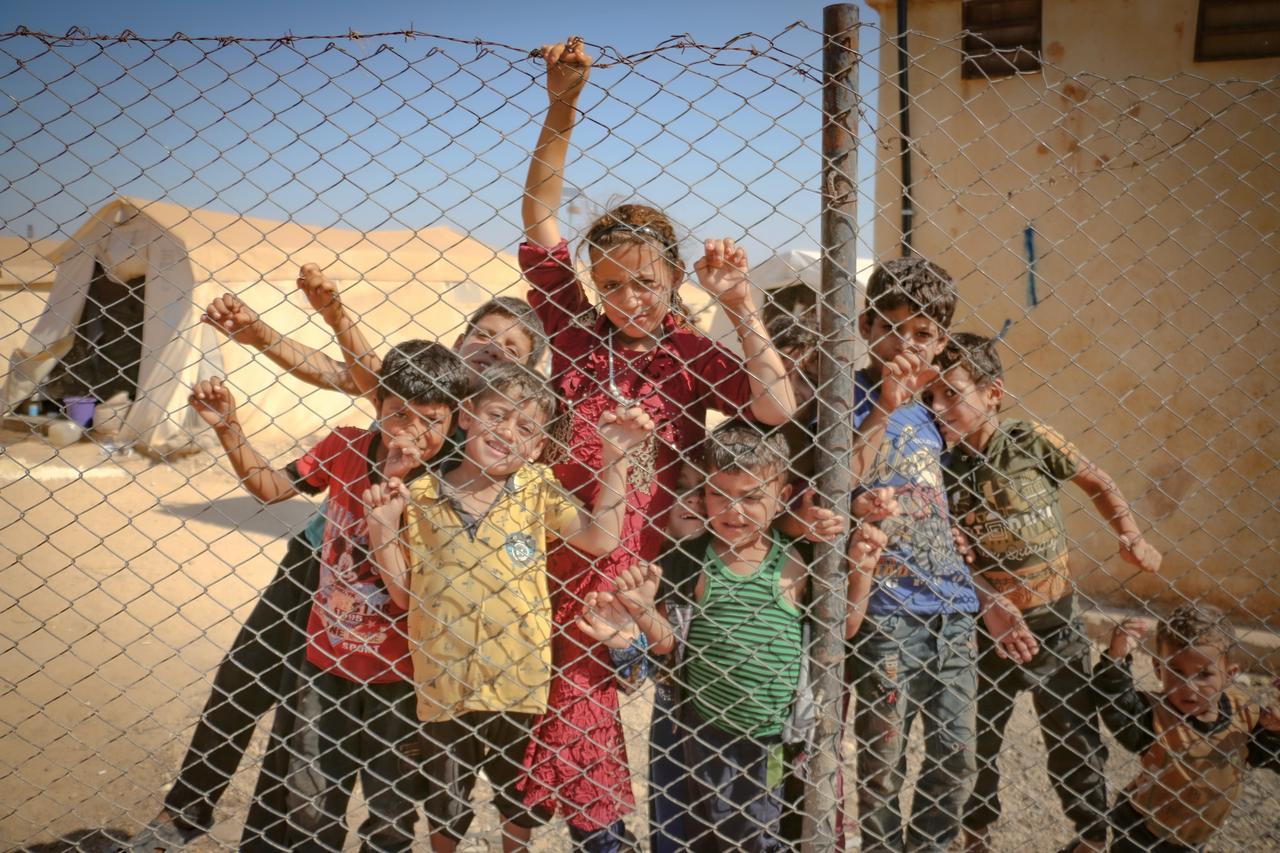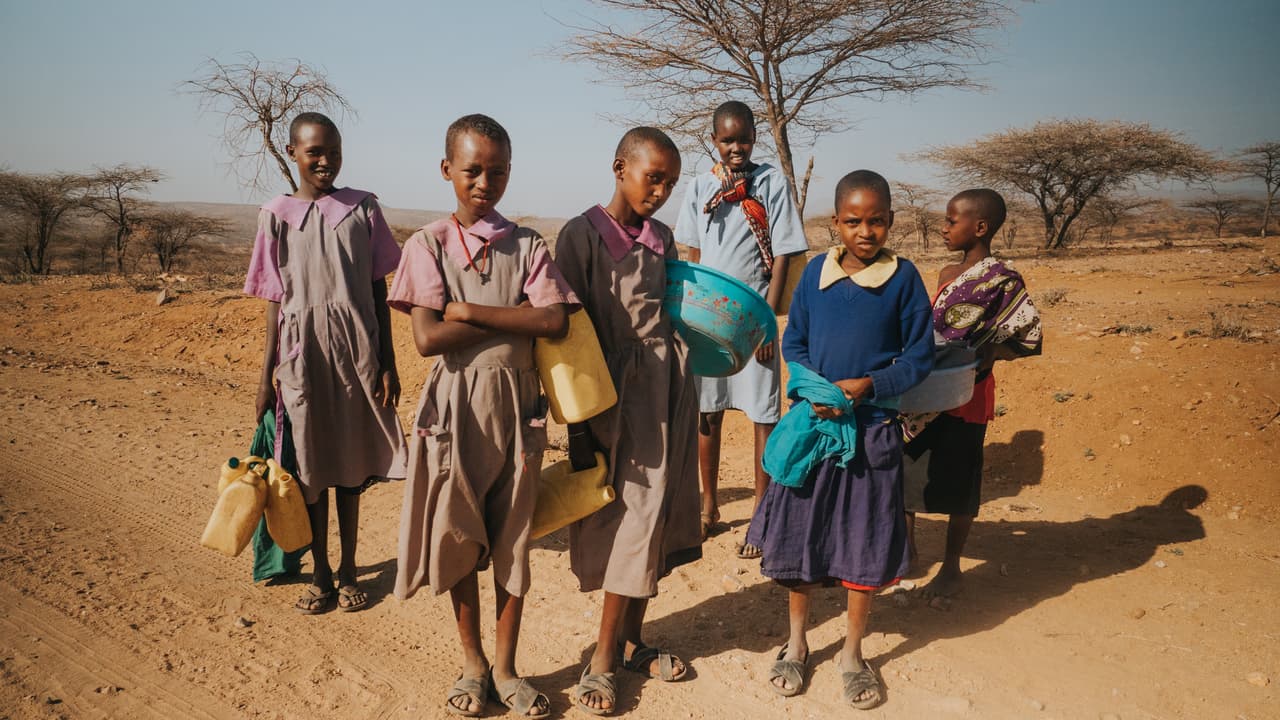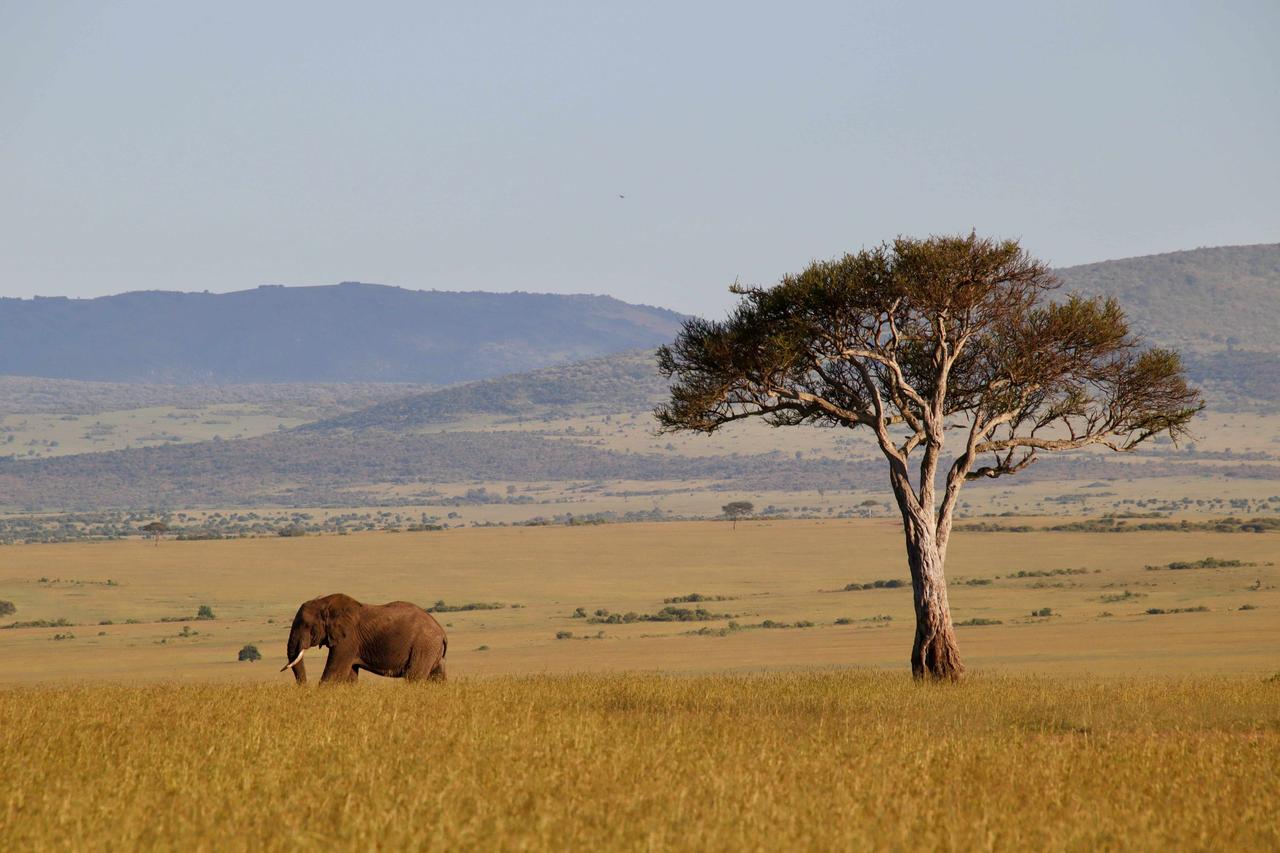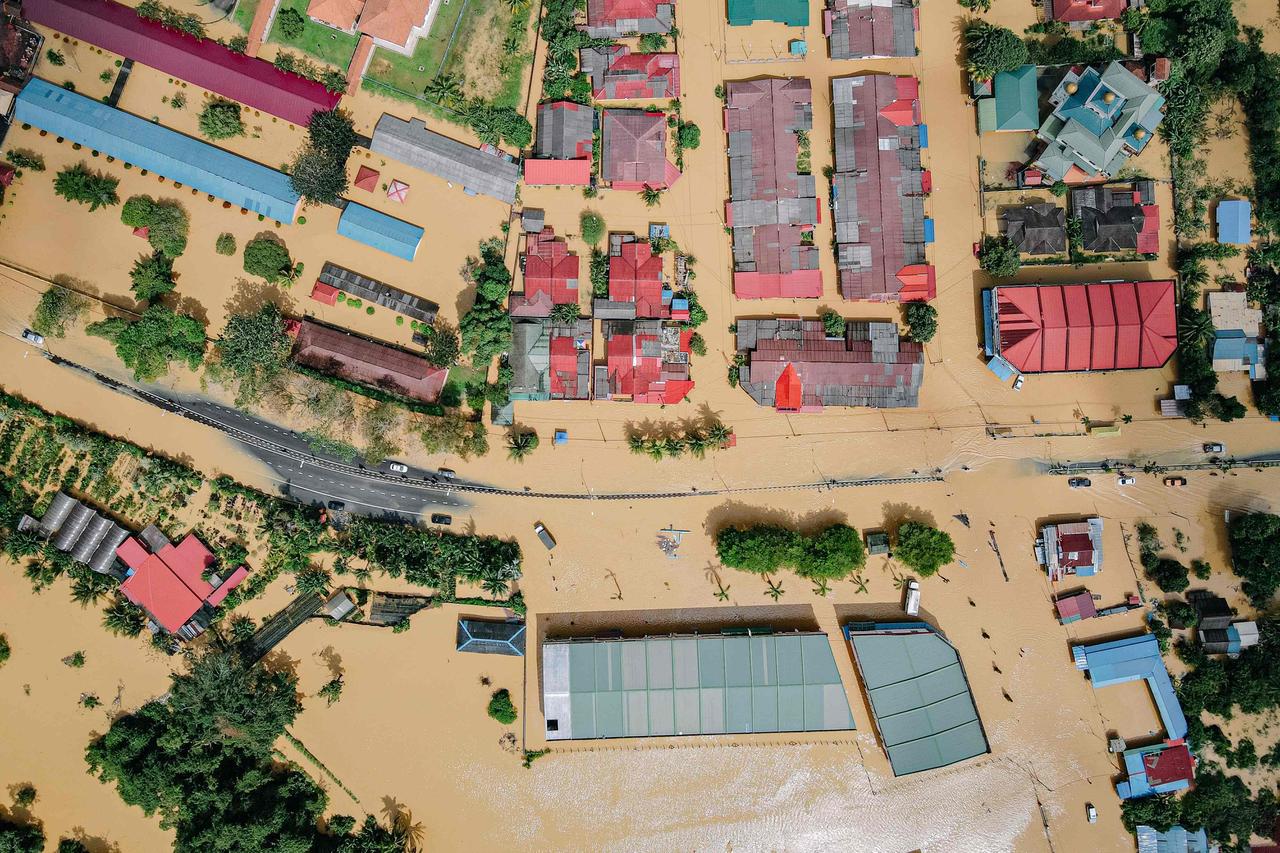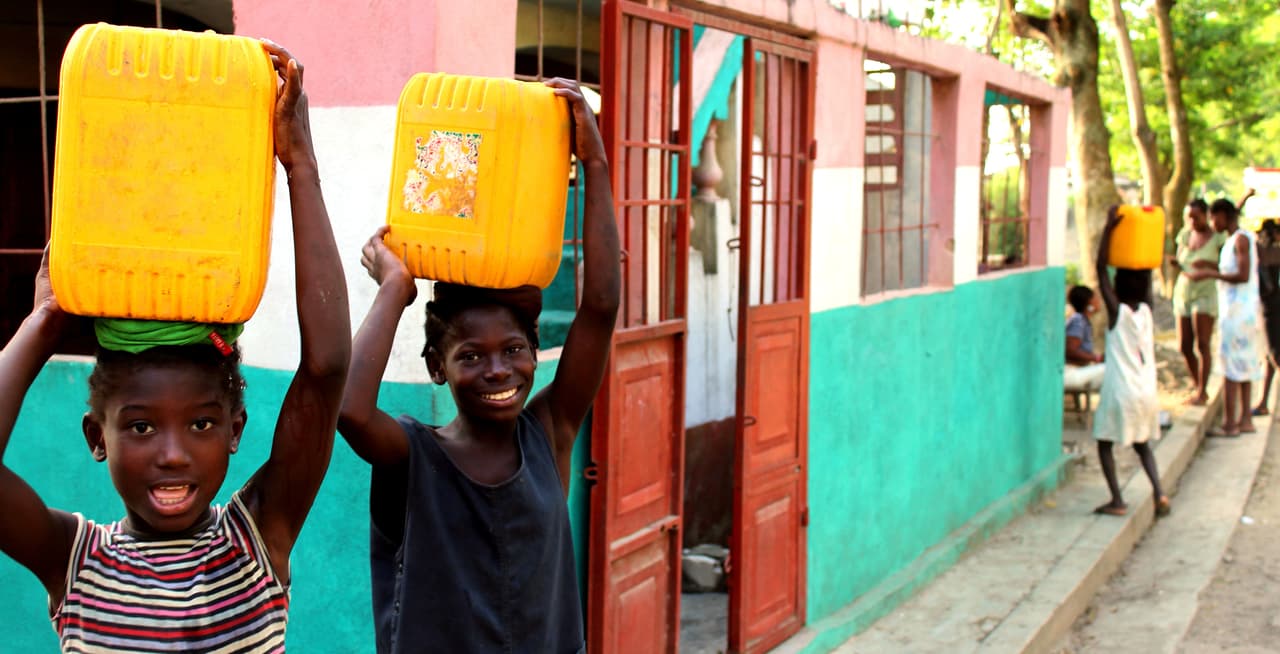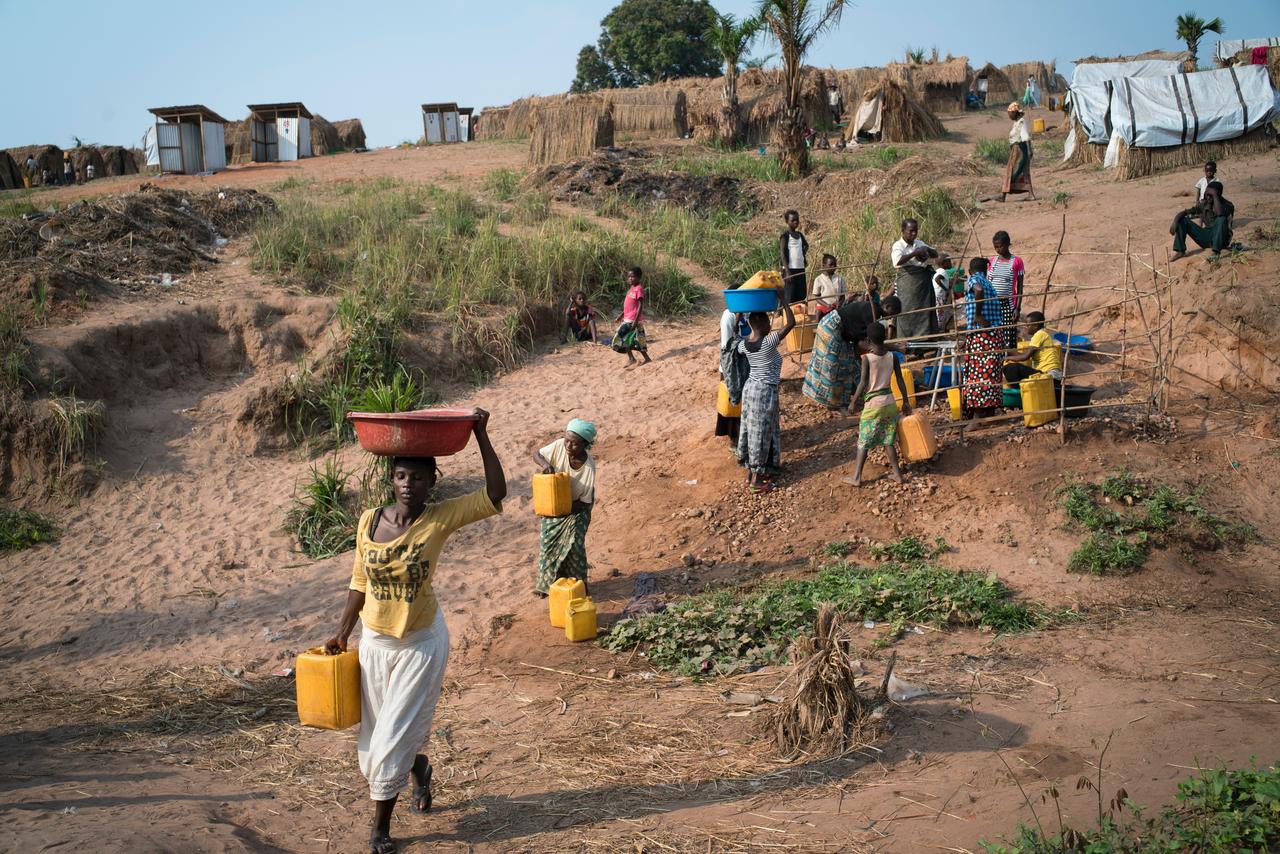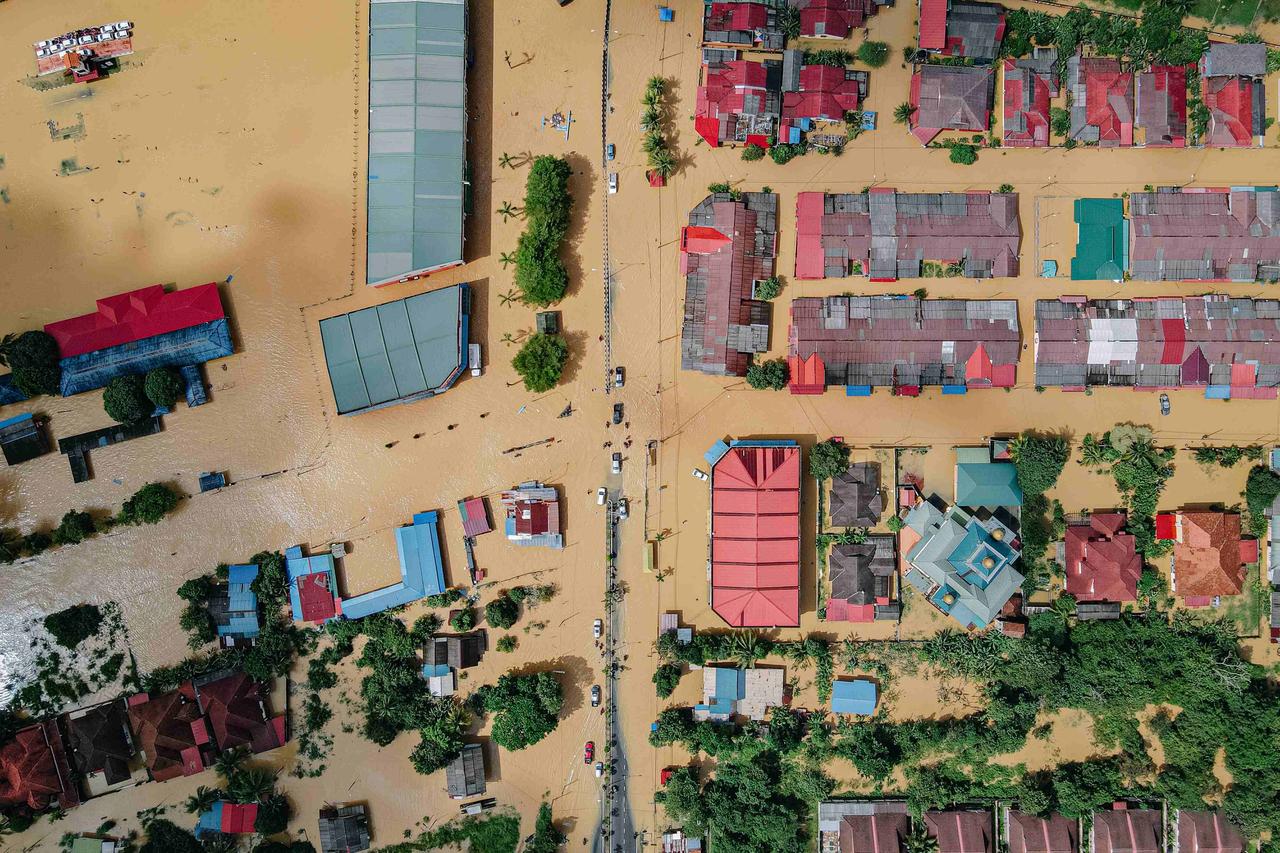
Between June 2022 and September 2023, two extreme flooding events occurred in Pakistan and Libya, devastating millions. This is what happened — and why these phenomena are likely to keep happening in the future.
It’s no secret the climate is changing — a slew of reports and studies indicate as much. But now we are actually living with the consequences. More extreme deluges have been sweeping the globe — from Asia to Europe to even New York City. In this edition of A (CLIMATE) CHANGED PLANET — we look at two of the worst flood disasters in recent times and why these events are only likely to keep happening as our planet continues to warm.
One Year Later: Thousands still in need following devastating floods in Pakistan.
Between June to October 2022, Pakistan experienced an unprecedented monsoon season that resulted in abnormal levels of rainfall, that resulted in extreme flooding of the Indus River and landslides that affected all four of the country’s provinces and 15% of its population. More than 1,700 people died, 8 million displaced, millions more homes destroyed, and $2.3 billion of crops lost. At one point, nearly one-third of the country was underwater.
Studies that followed indicated these deluges were the work of climate change — despite Pakistan contributing less than 1% of global greenhouse gas emissions. Because of their high social vulnerability, risk of conflict, and exposure to other natural disasters, such as earthquakes, Pakistan is one of the most at-risk countries for disaster. According to the INFORM 2023 index report, a tool to assess risk of humanitarian crises by country, Pakistan is currently listed at “high” (risk). This year’s monsoon season has resulted in setbacks to their recovery from last year’s floods. Currently only 70% of funding has been met for Pakistan's Flood Response Plan.
September 2023: Extreme flooding from Hurricane Daniel kills thousands in Libya.
Heavy rainfall caused two dams to break in Libya, resulting in what has become Africa’s deadliest storm in recorded history. 30 million cubic meters (1 billion cubic feet) of water flooded the country when the dams broke, causing 25% of the eastern city of Derna to disappear almost instantly. Over 11,000 people were killed and 34,000 displaced. More so, the flooding destroyed bridges, damaged WASH infrastructure, disrupted food supply, and has put the country at risk of a number of other environmental disasters.
While the storm also hit parts of Greece, Bulgaria, Turkey, Egypt, and Israel, experts believe Libya suffered from such severe destruction due to its vulnerability from its ongoing political crisis, aging infrastructure, as well as accelerated climate change. Rescue efforts are still ongoing.
What does the future hold?
While there are many factors at play, scientists indicate more extreme flooding events are linked to climate change. As our atmosphere warms, it can hold more water vapor, resulting in more intense rainfalls. As more extreme precipitation events occur in the future, so too will flash flooding — particularly, flooding with shorter timing but greater magnitude; thus, more destruction. Additionally, as climate change creates a cascade of climate disasters, flash flooding may also follow wildfires as the soil weakens.
It is imperative we support those organizations that are aiding in disaster prevention and relief — you never know when an extreme natural disaster may hit your region of the world next.
___
Be the good kind of change for HUMANITY. Support DISASTER RELIEF efforts. Donate with #VAKOVAKO.
